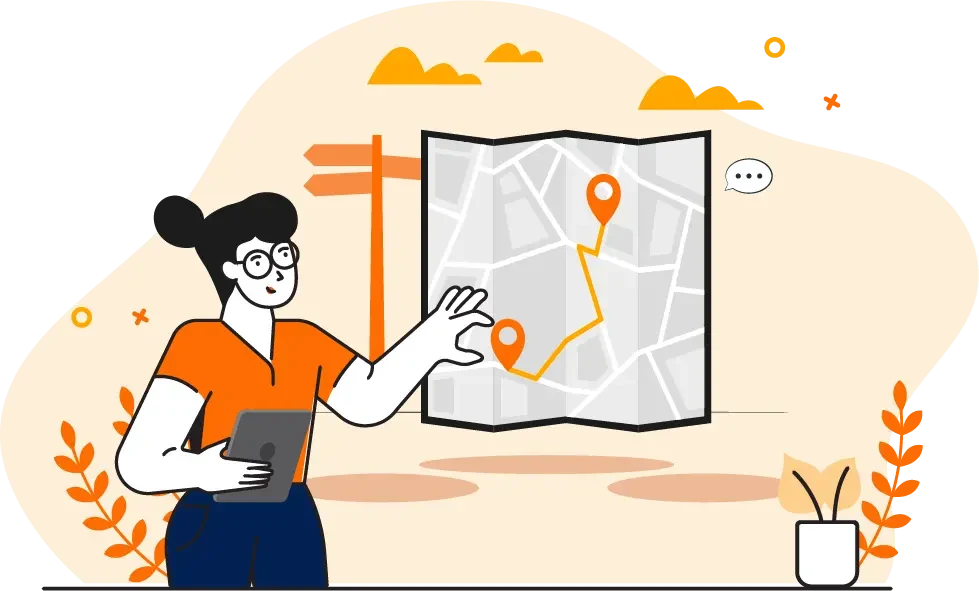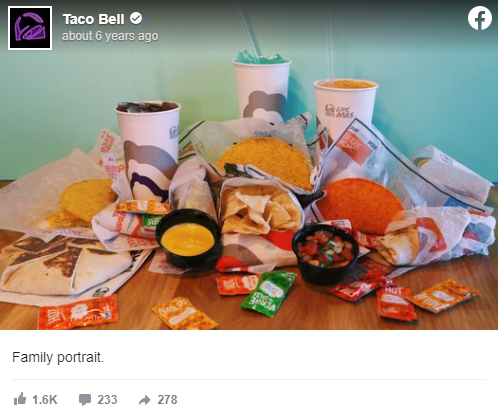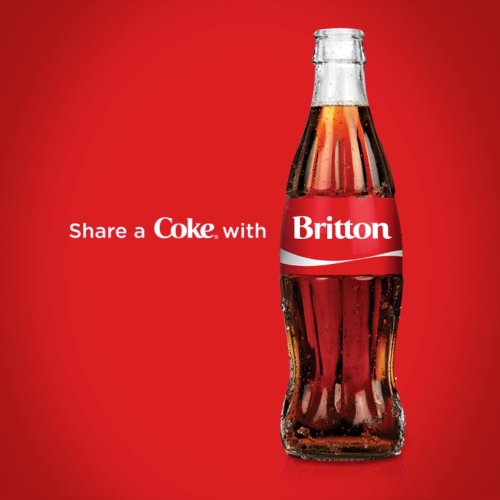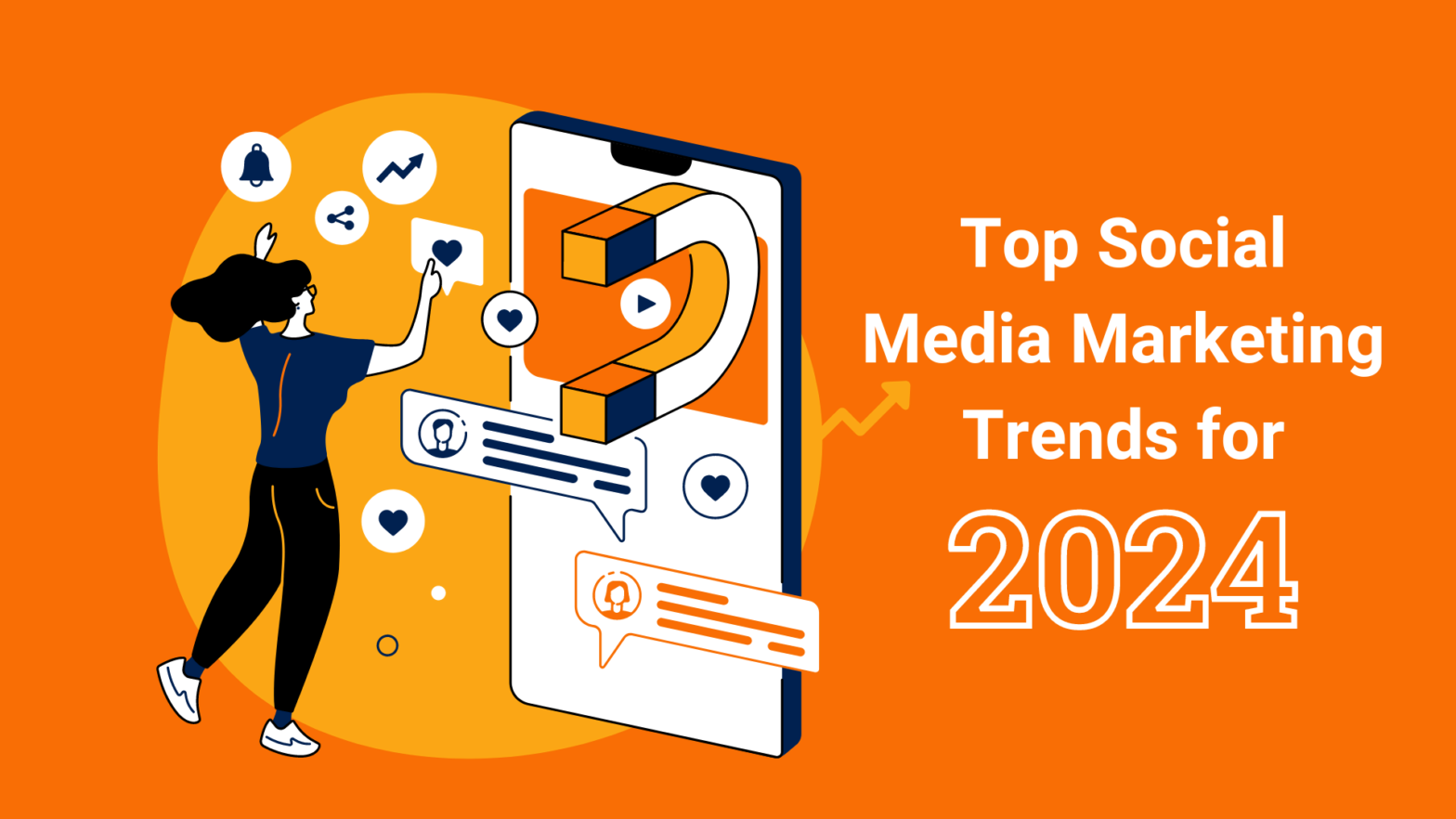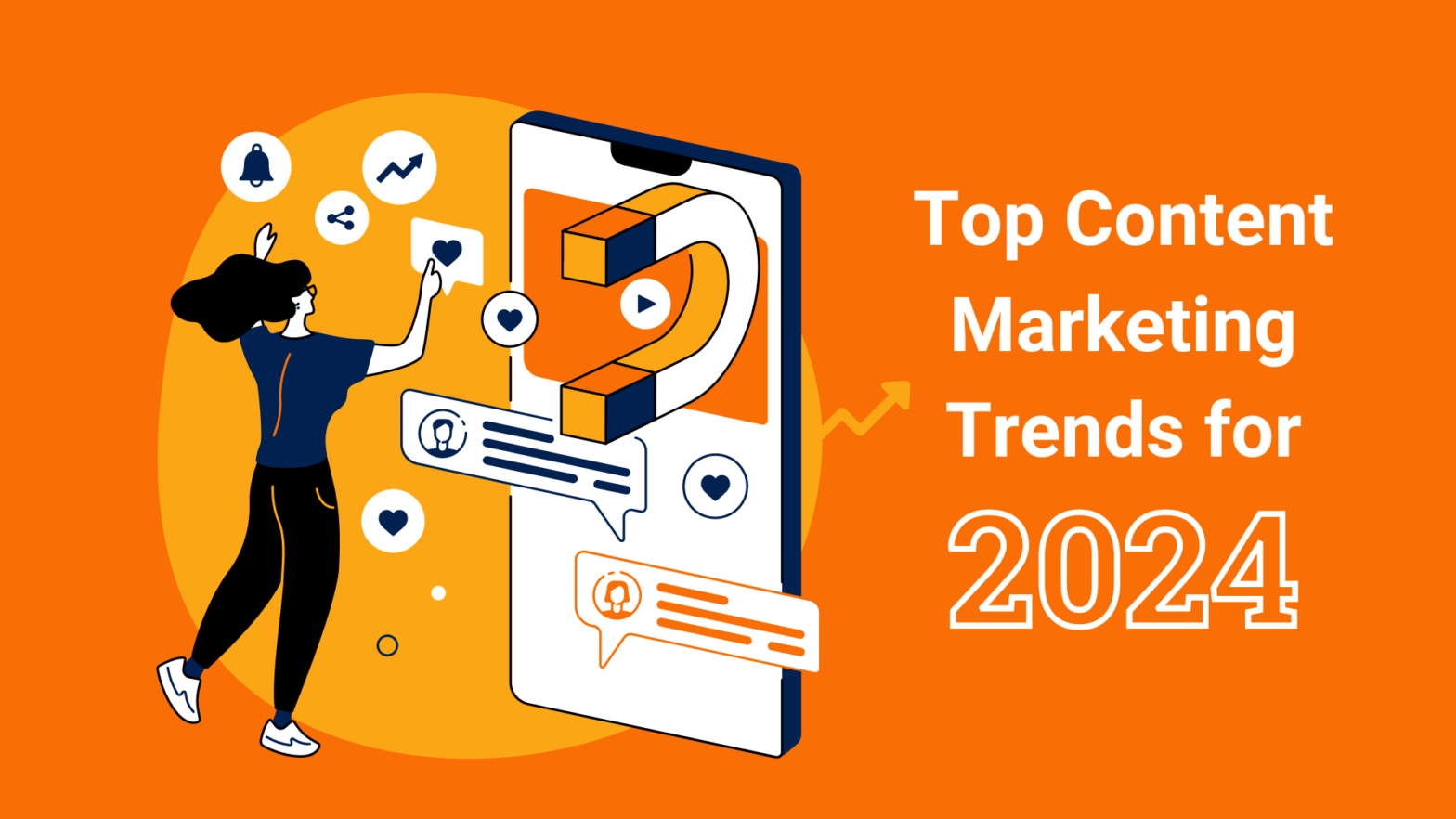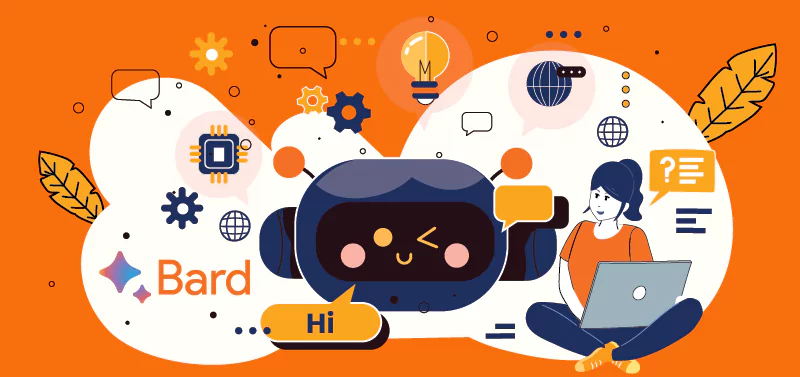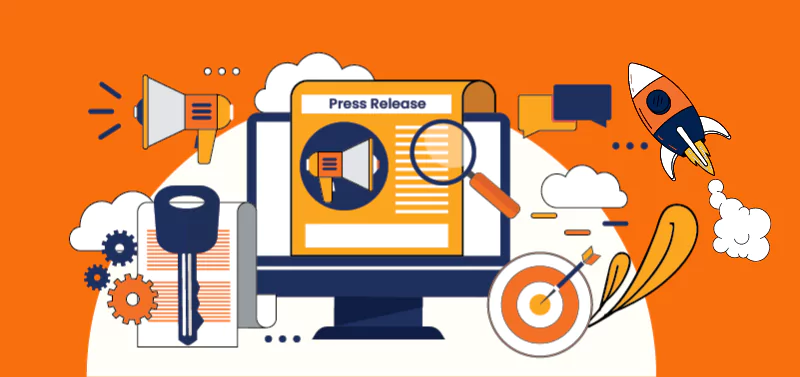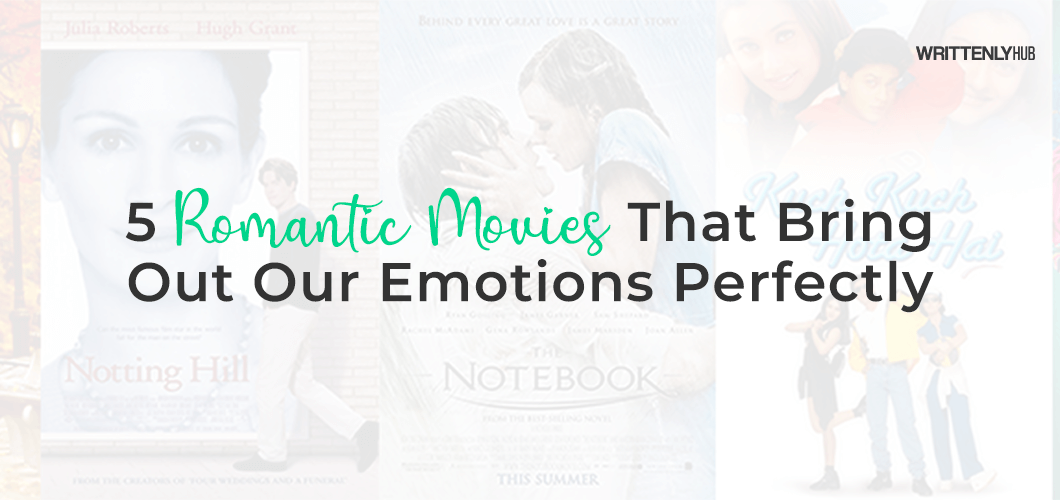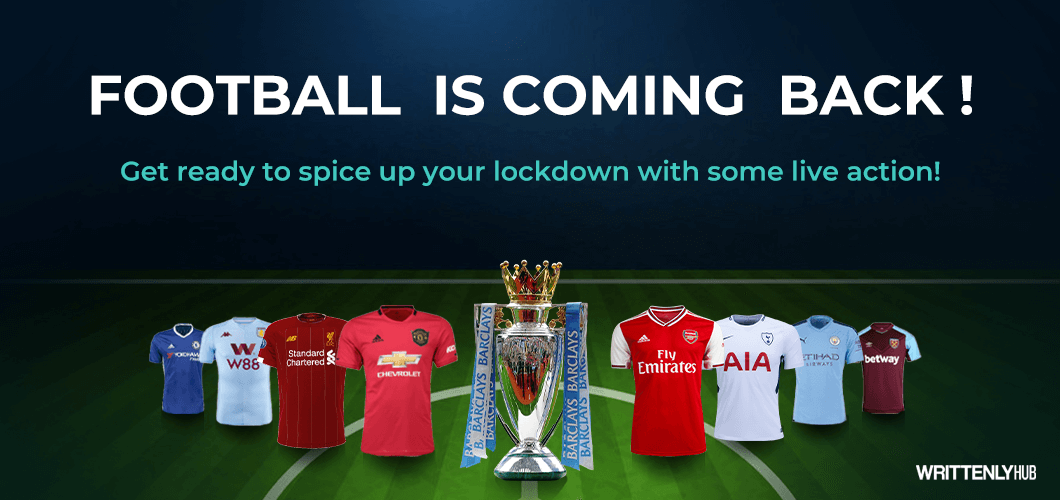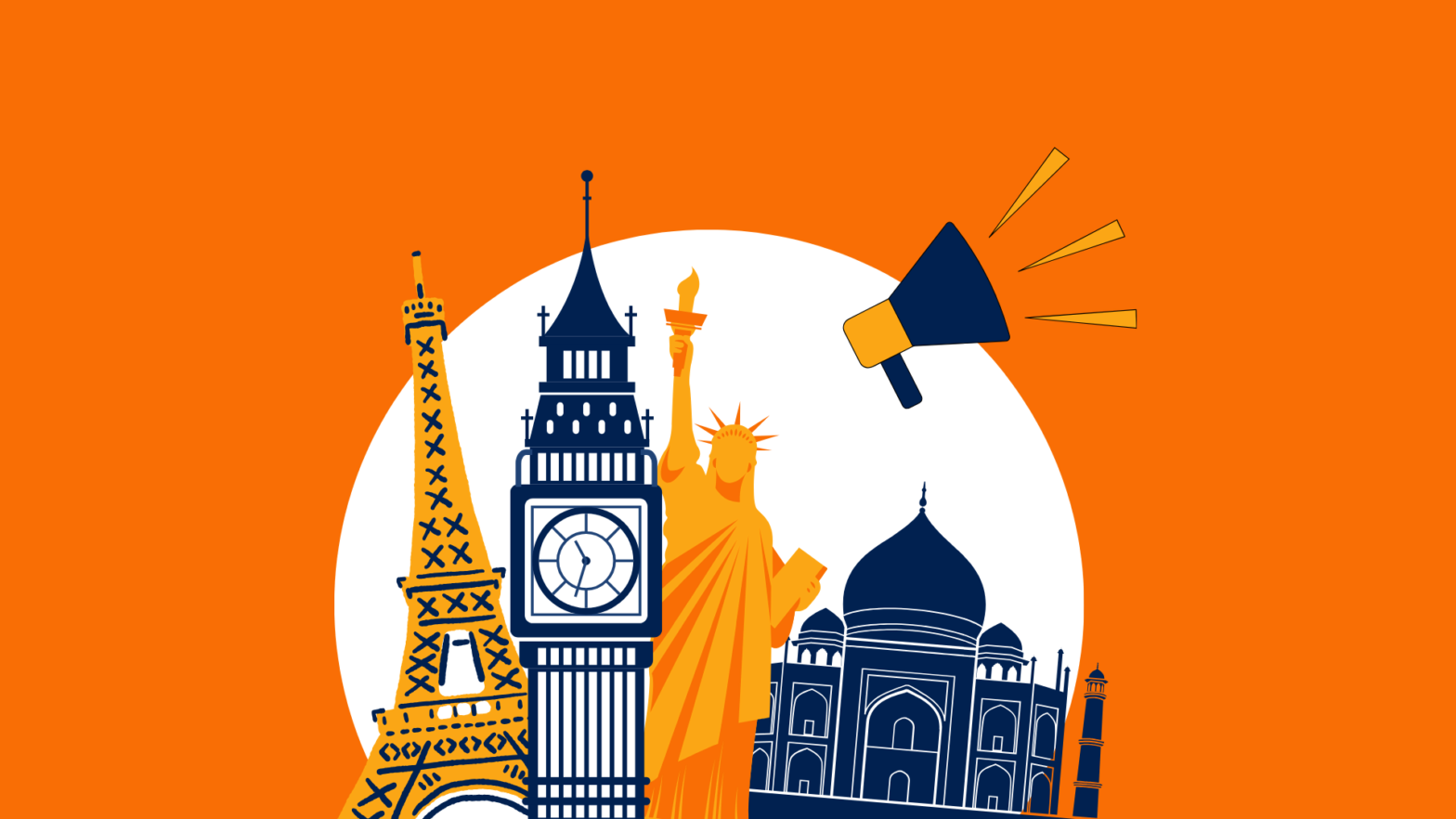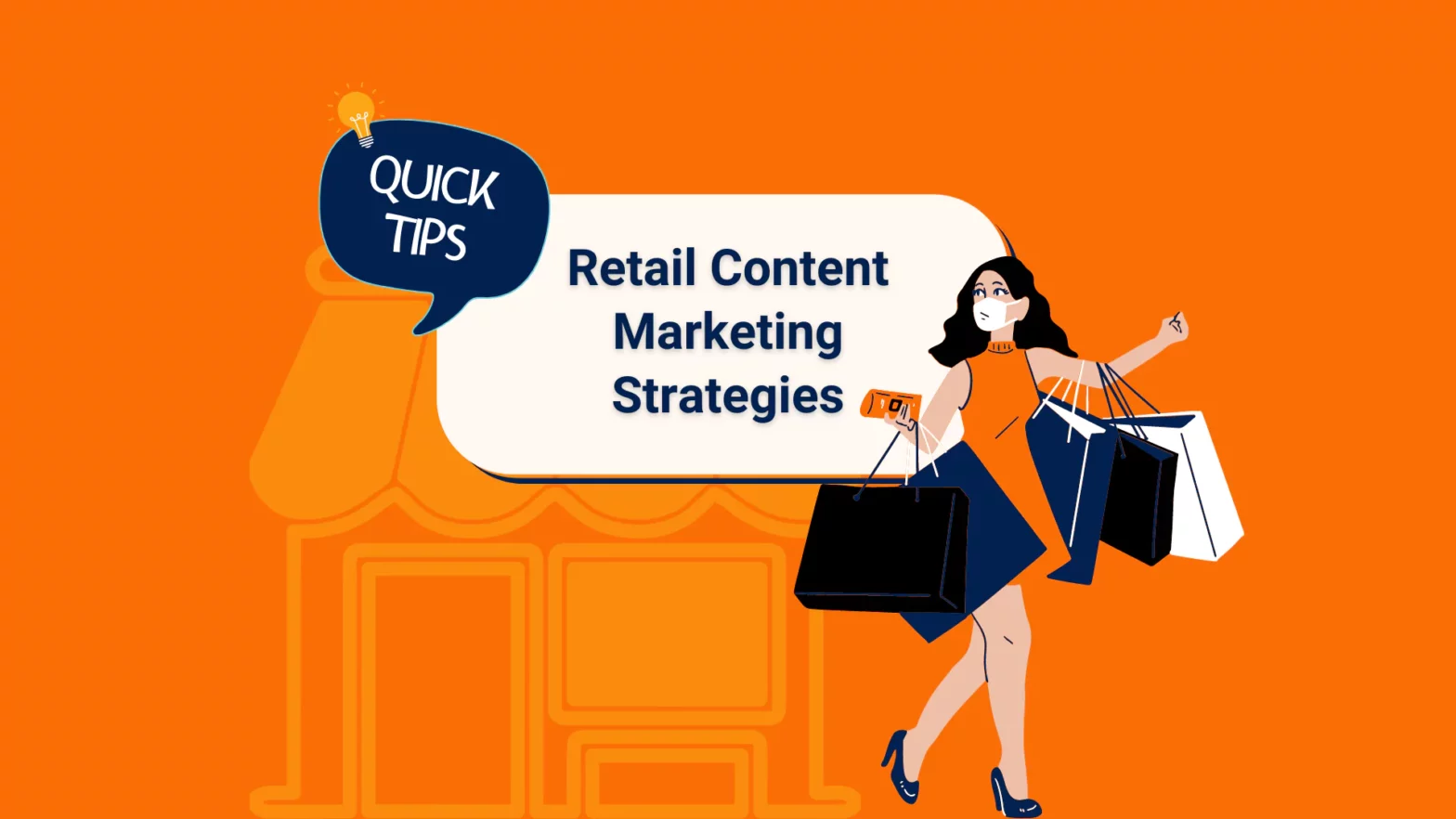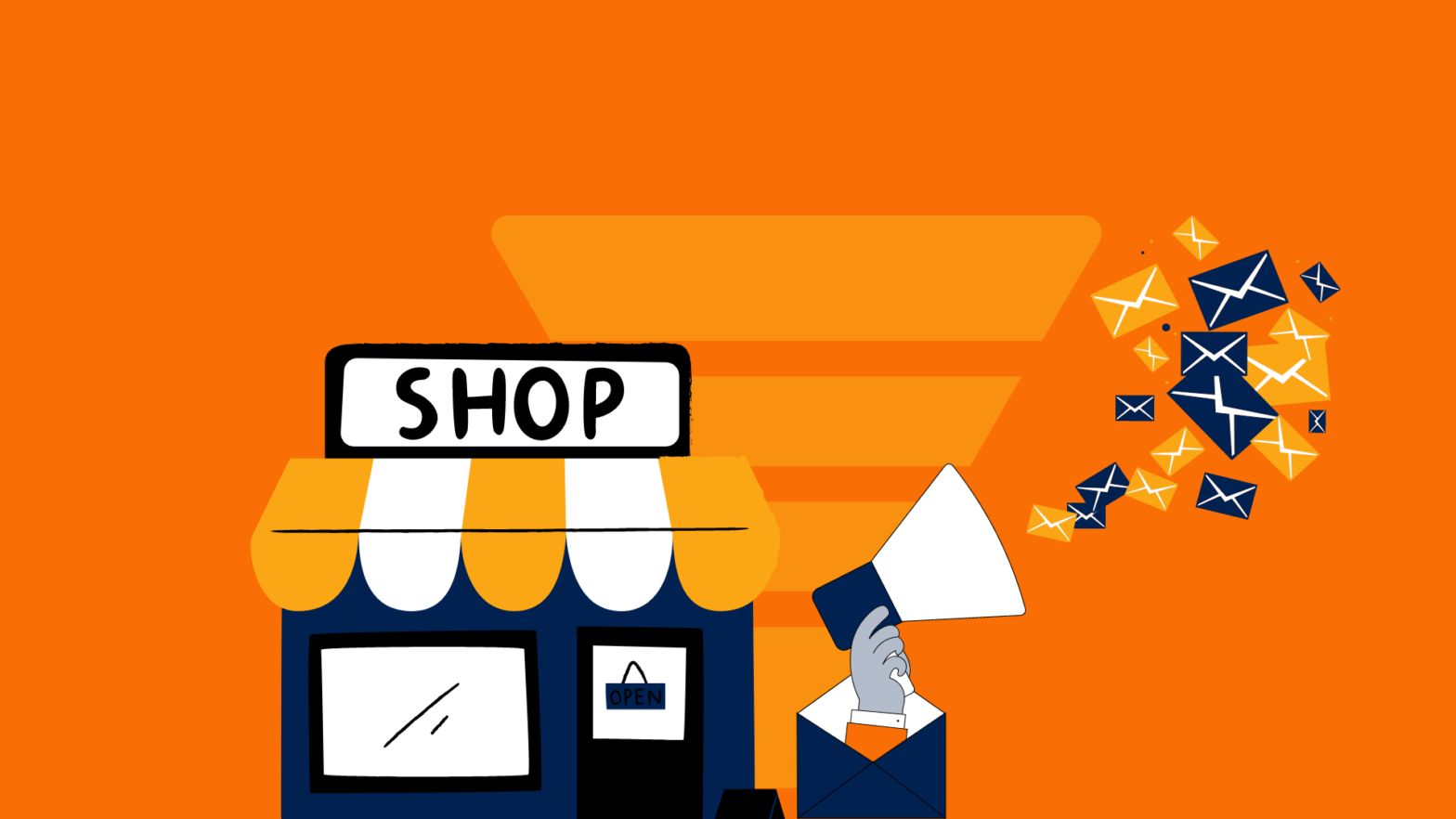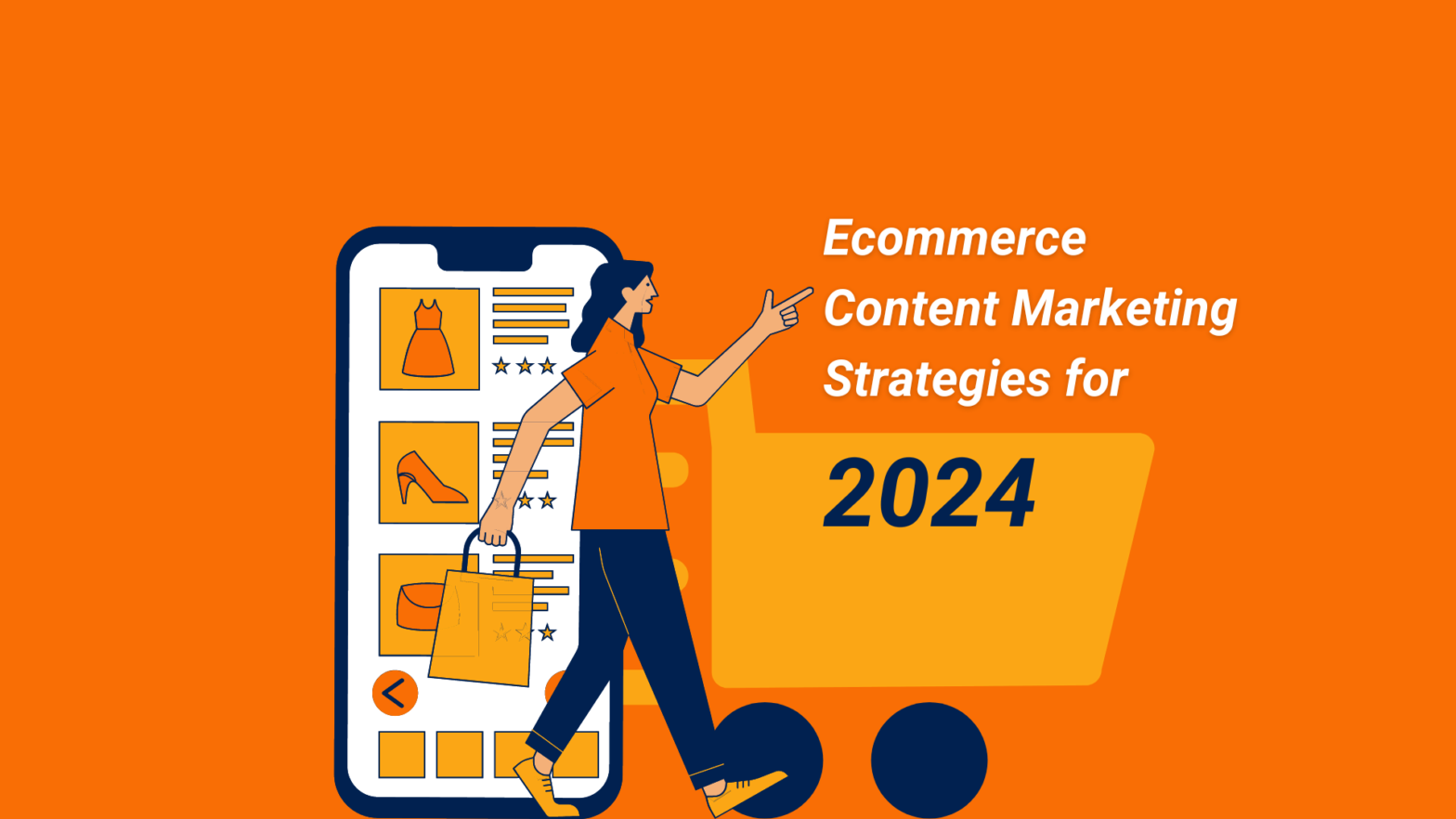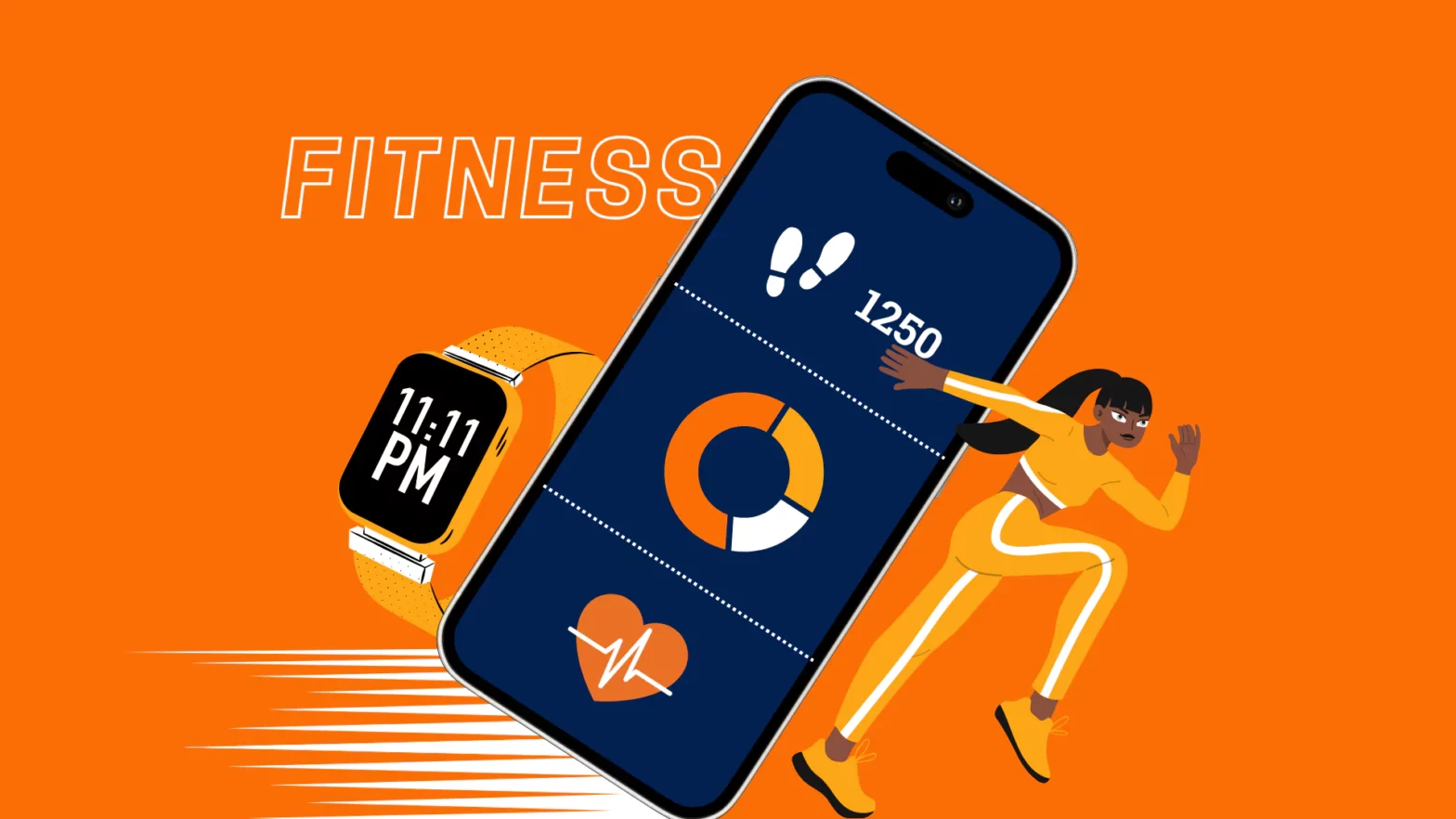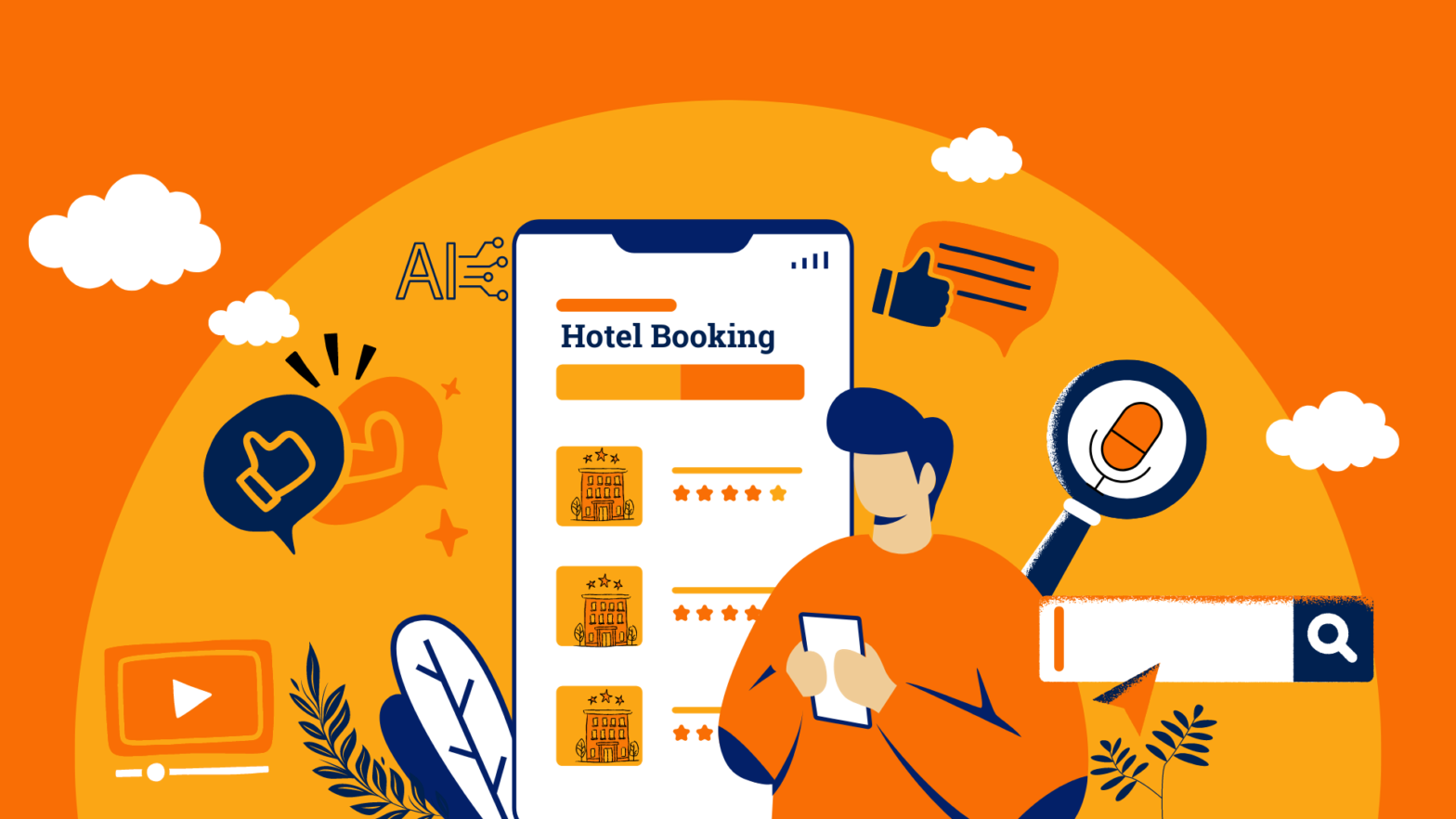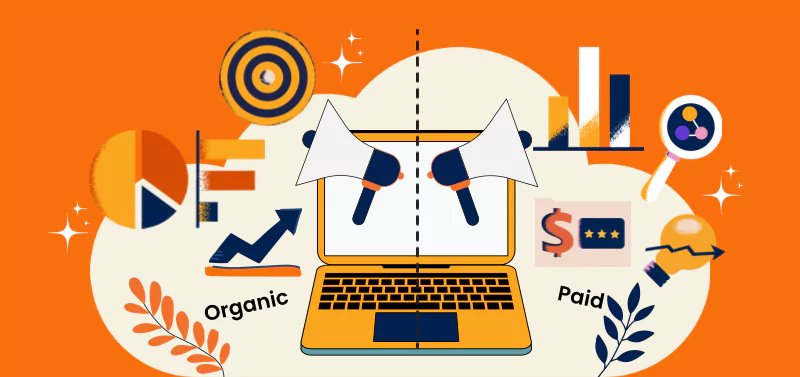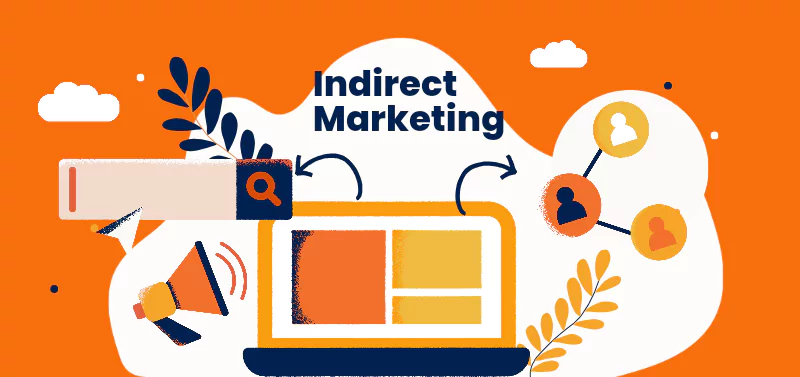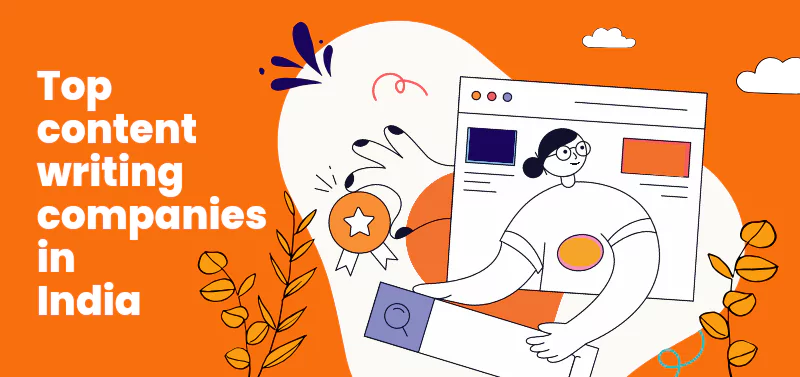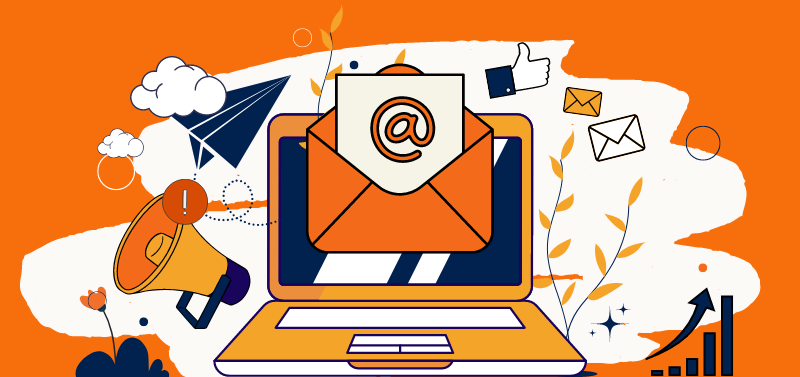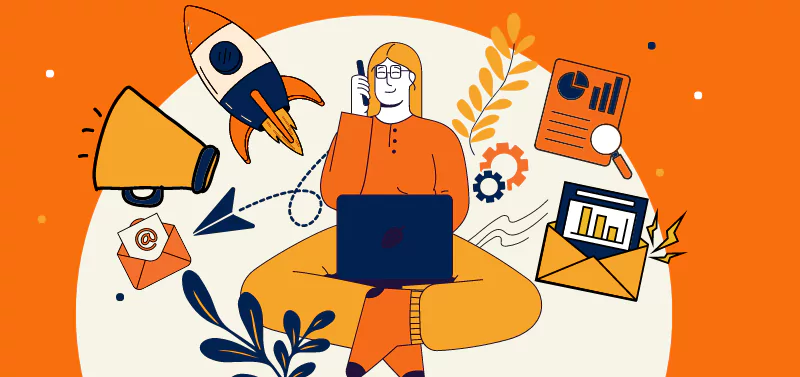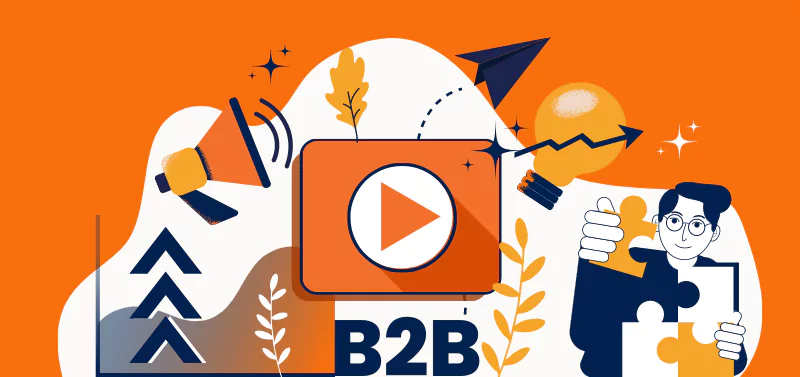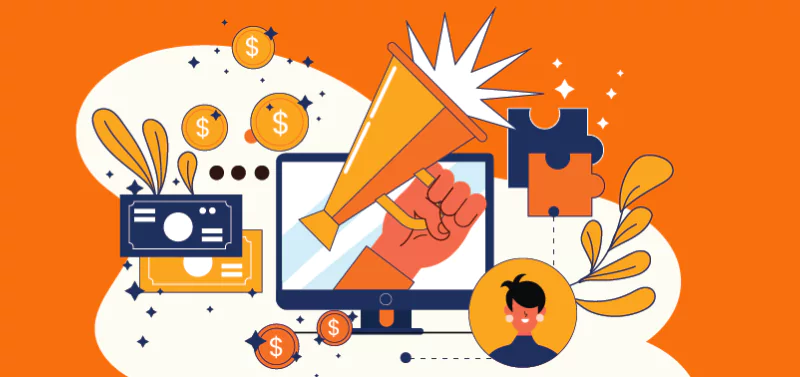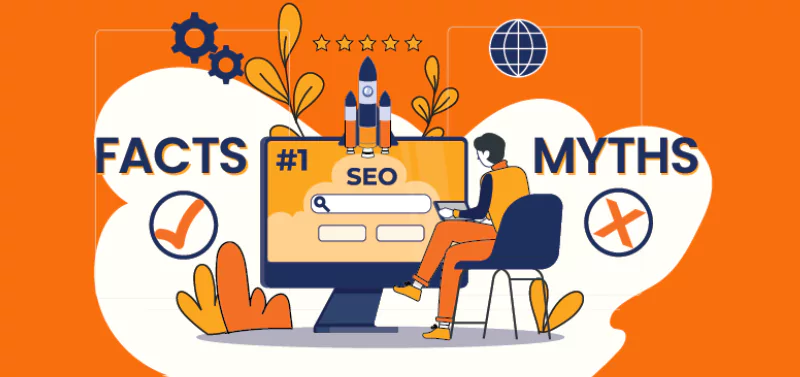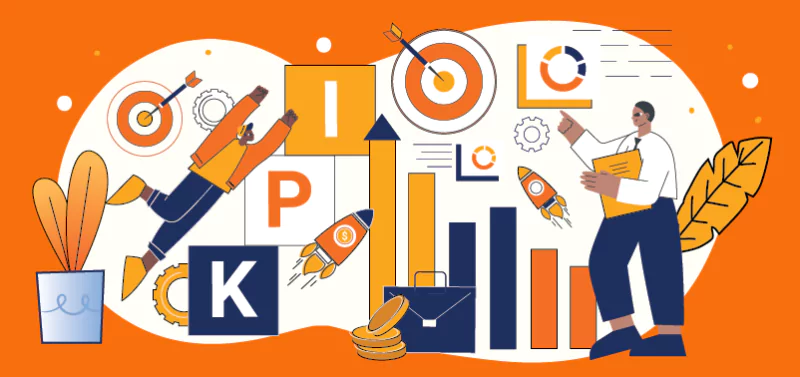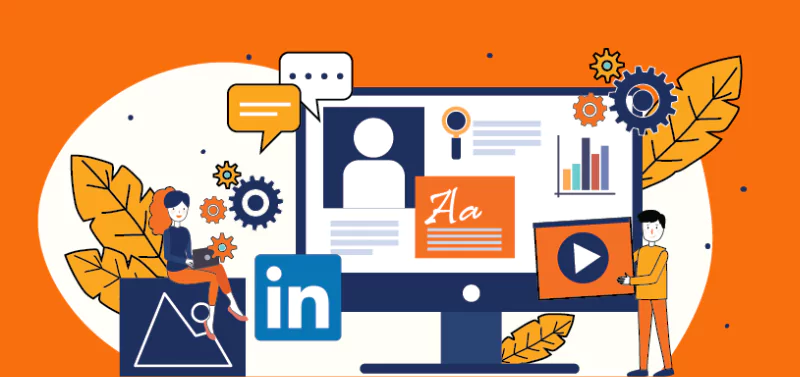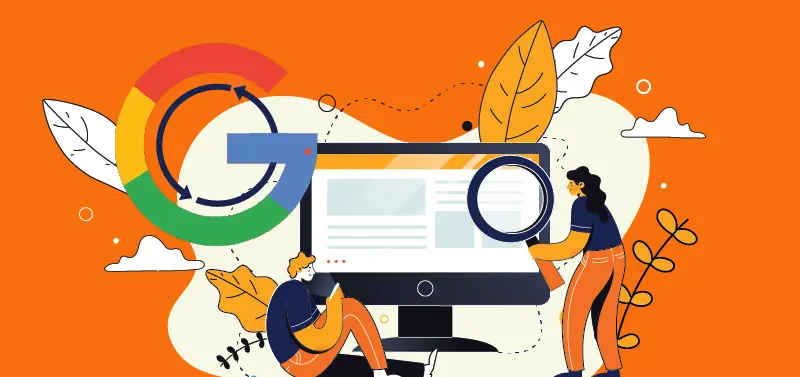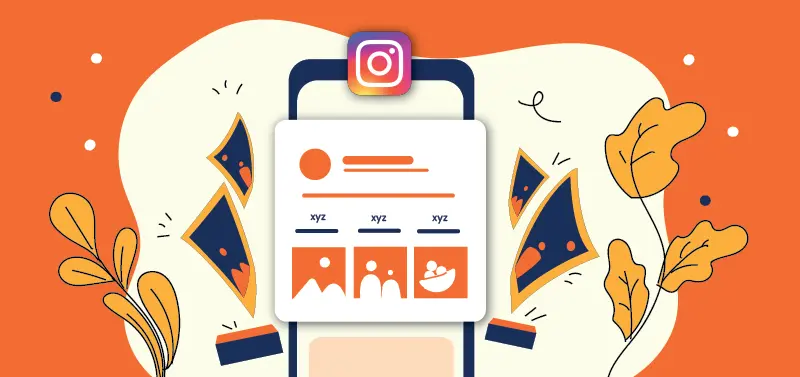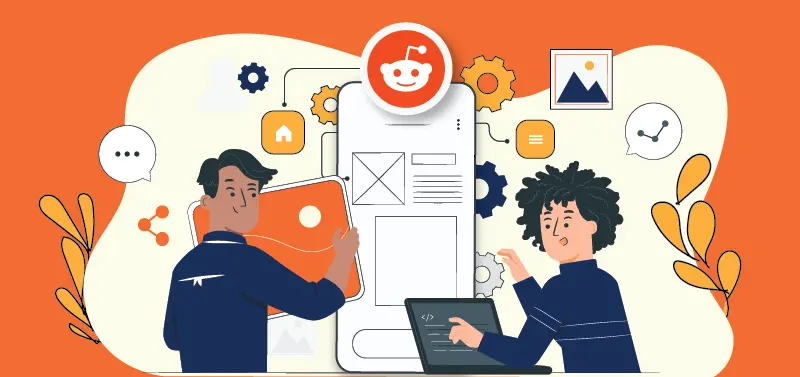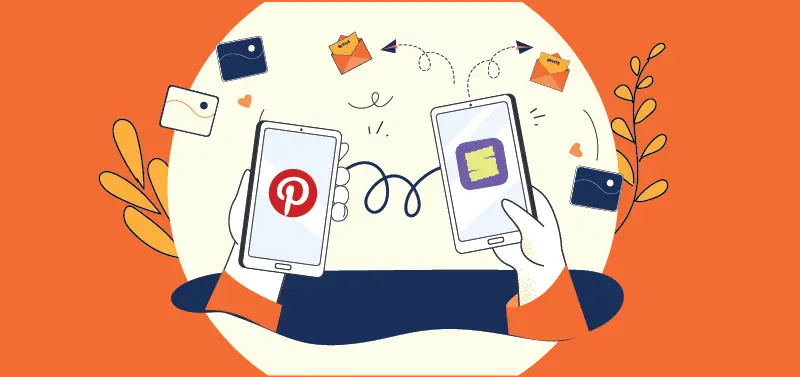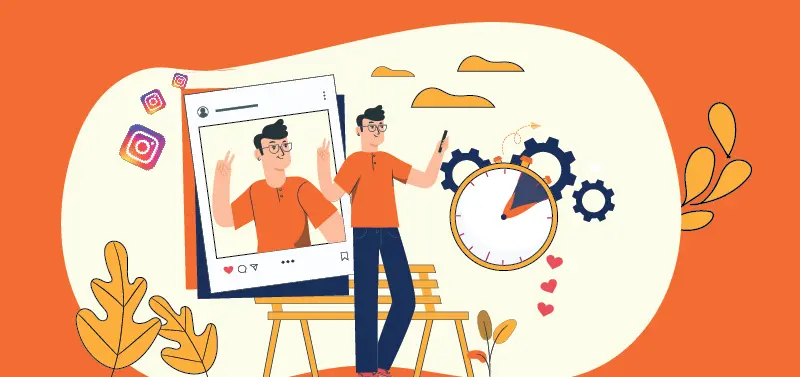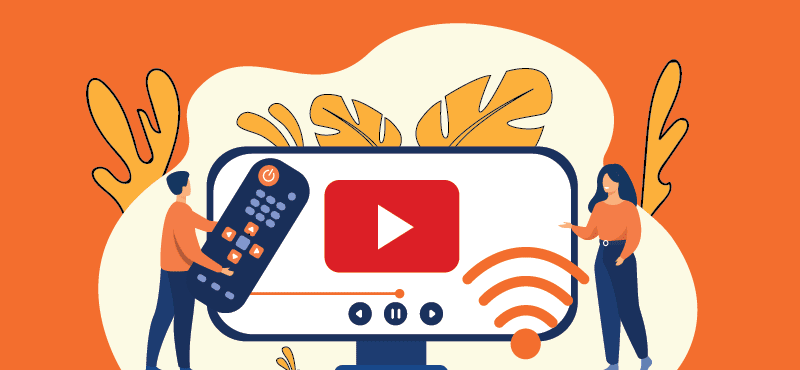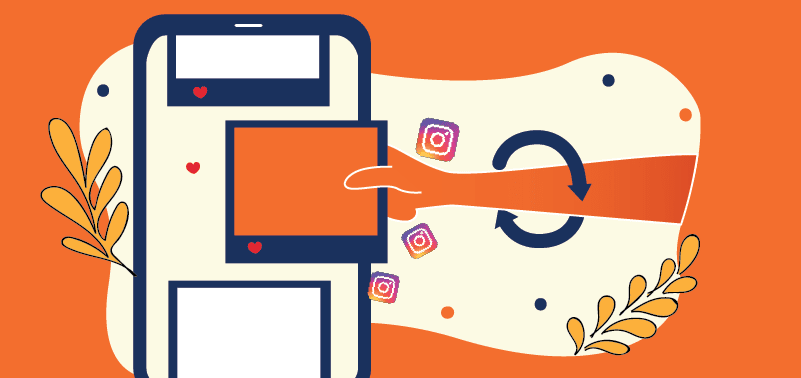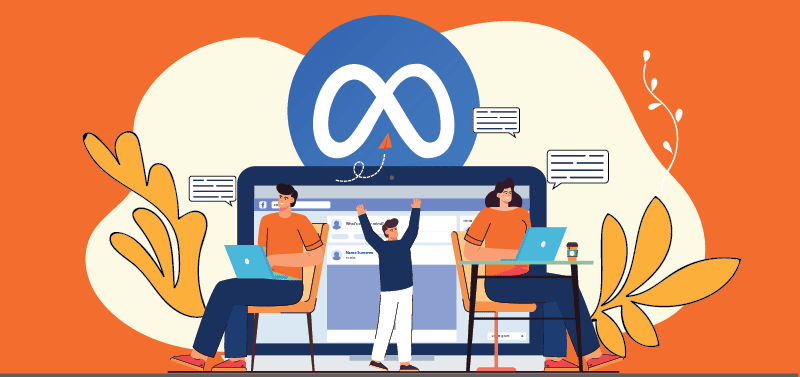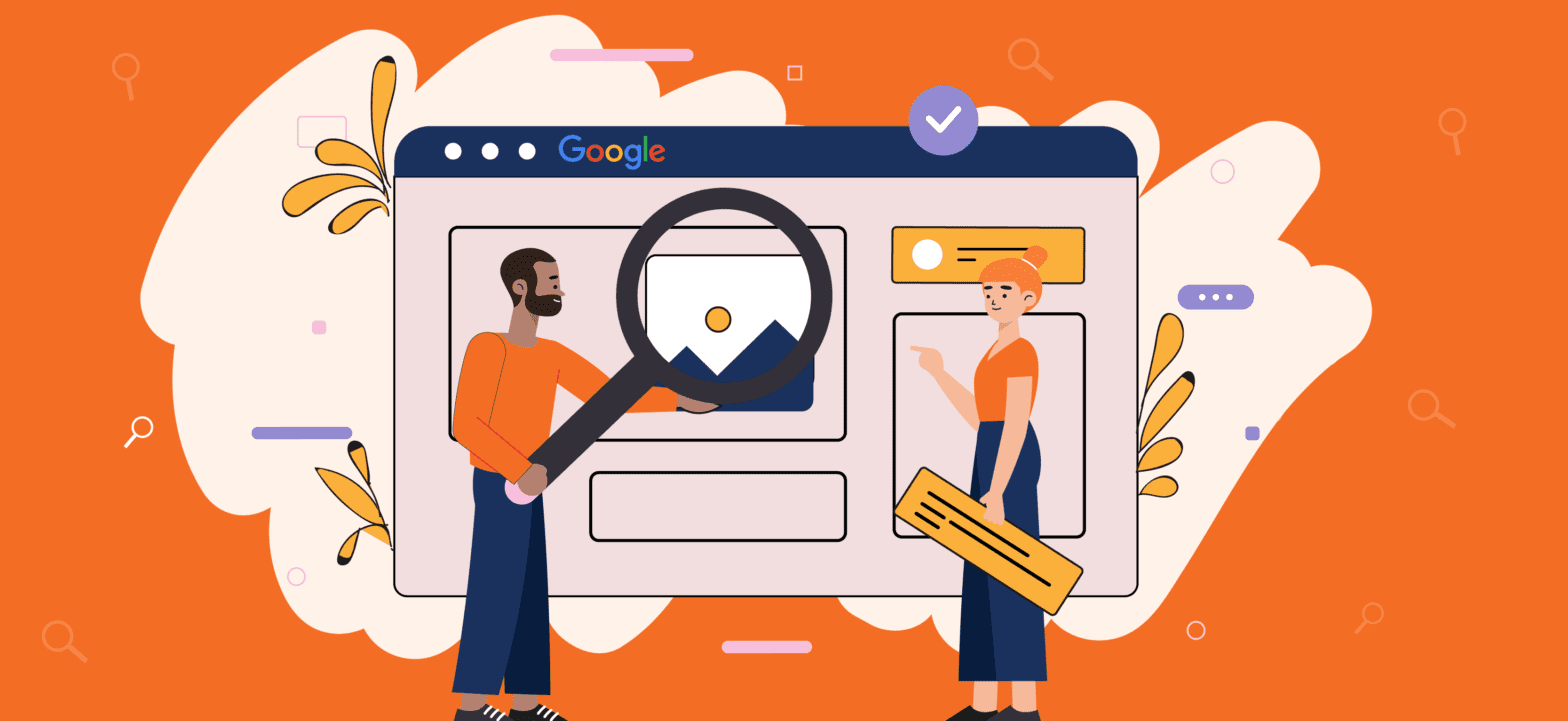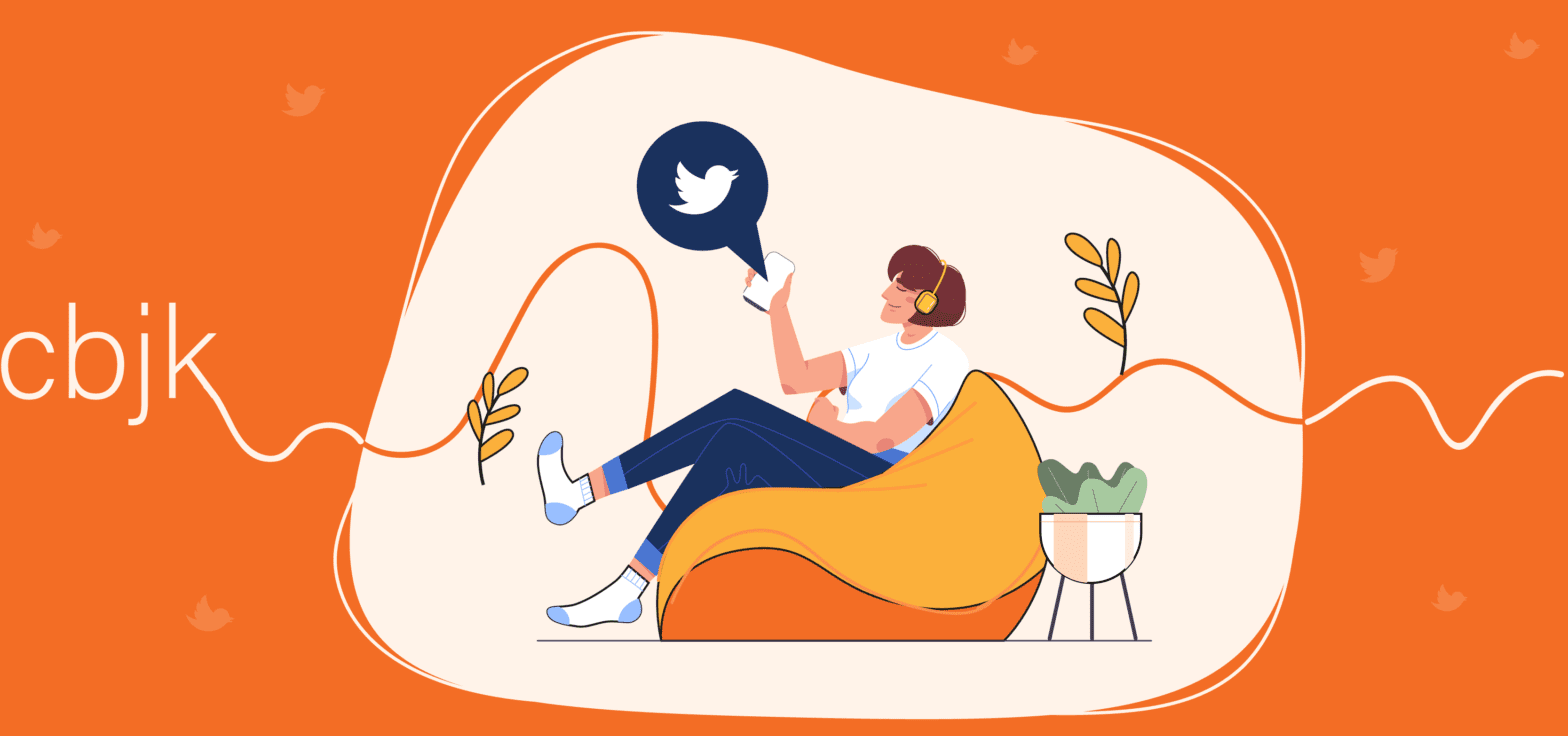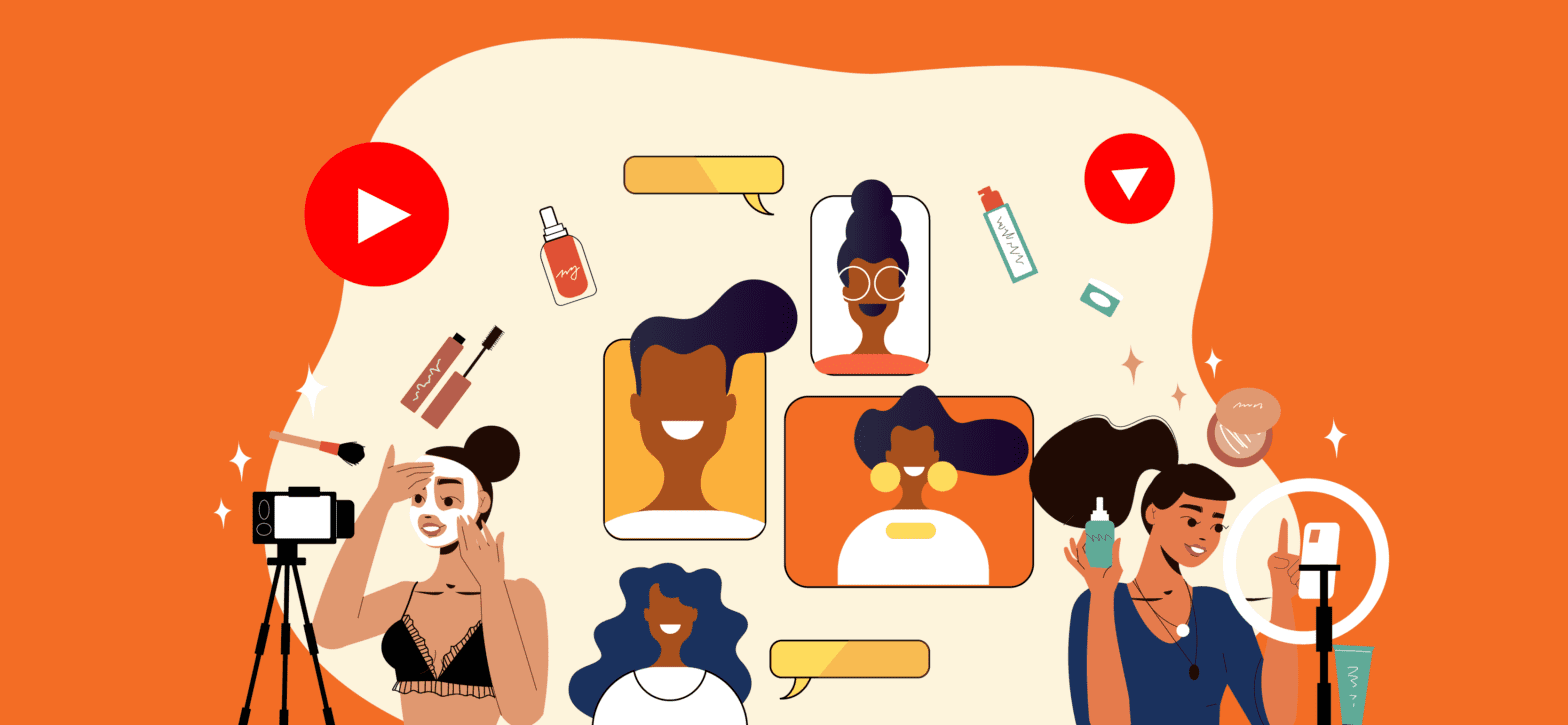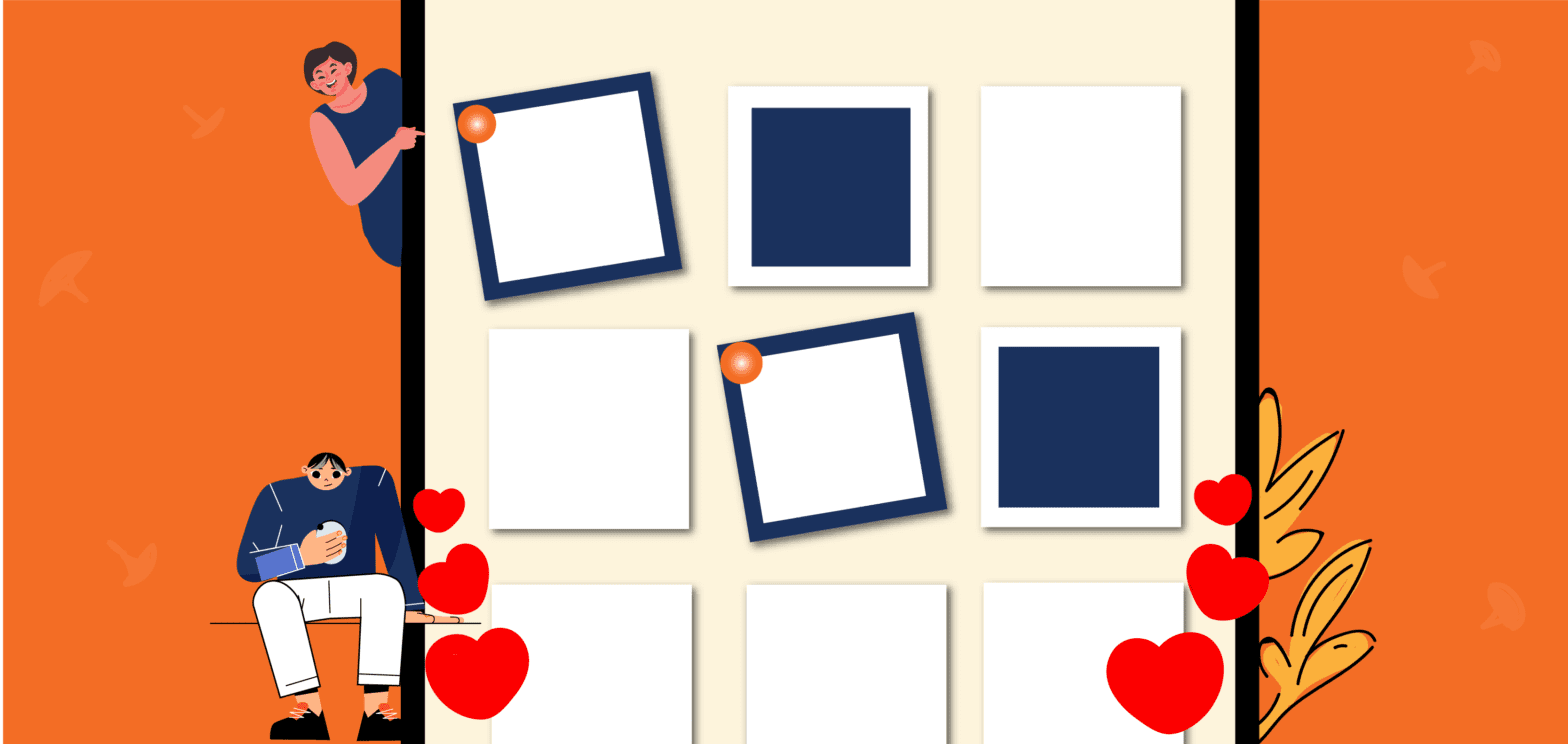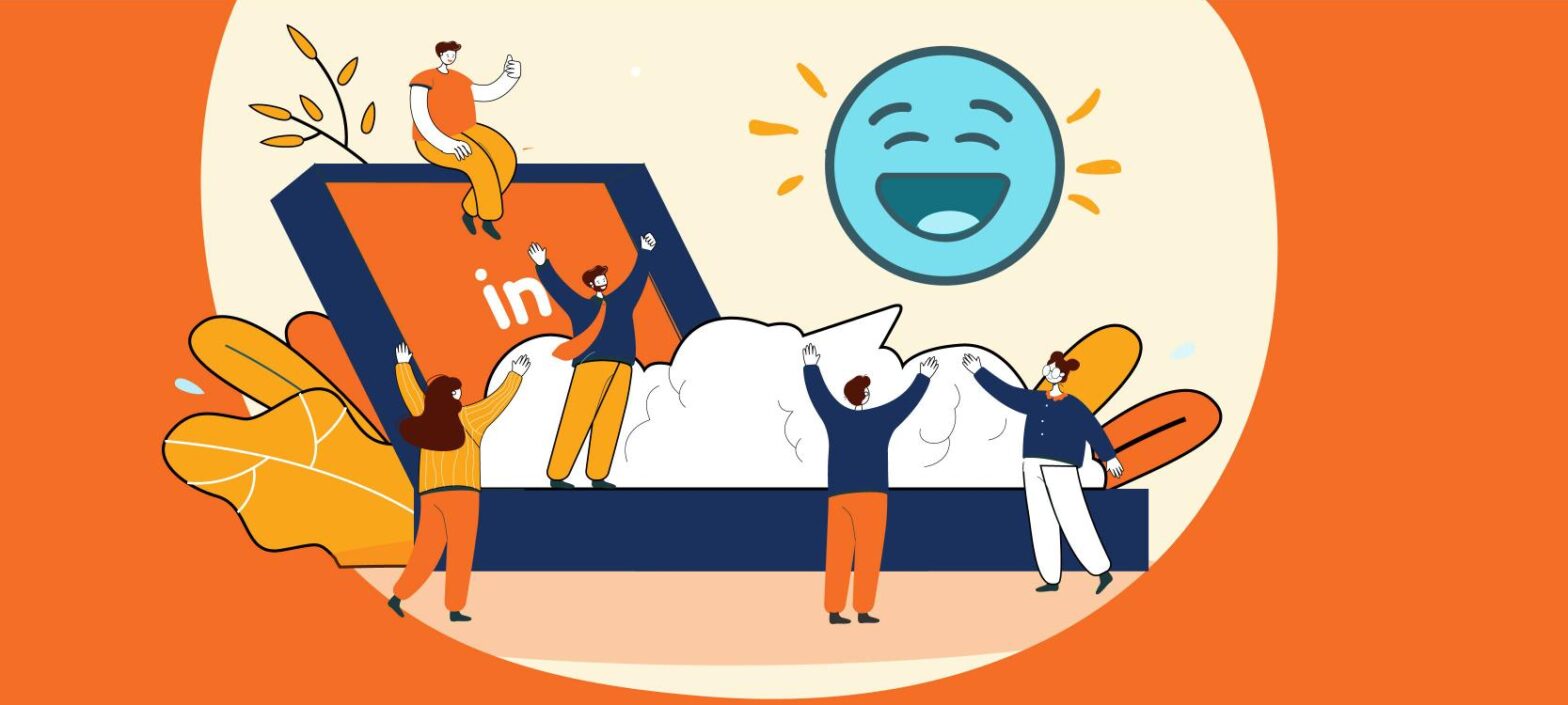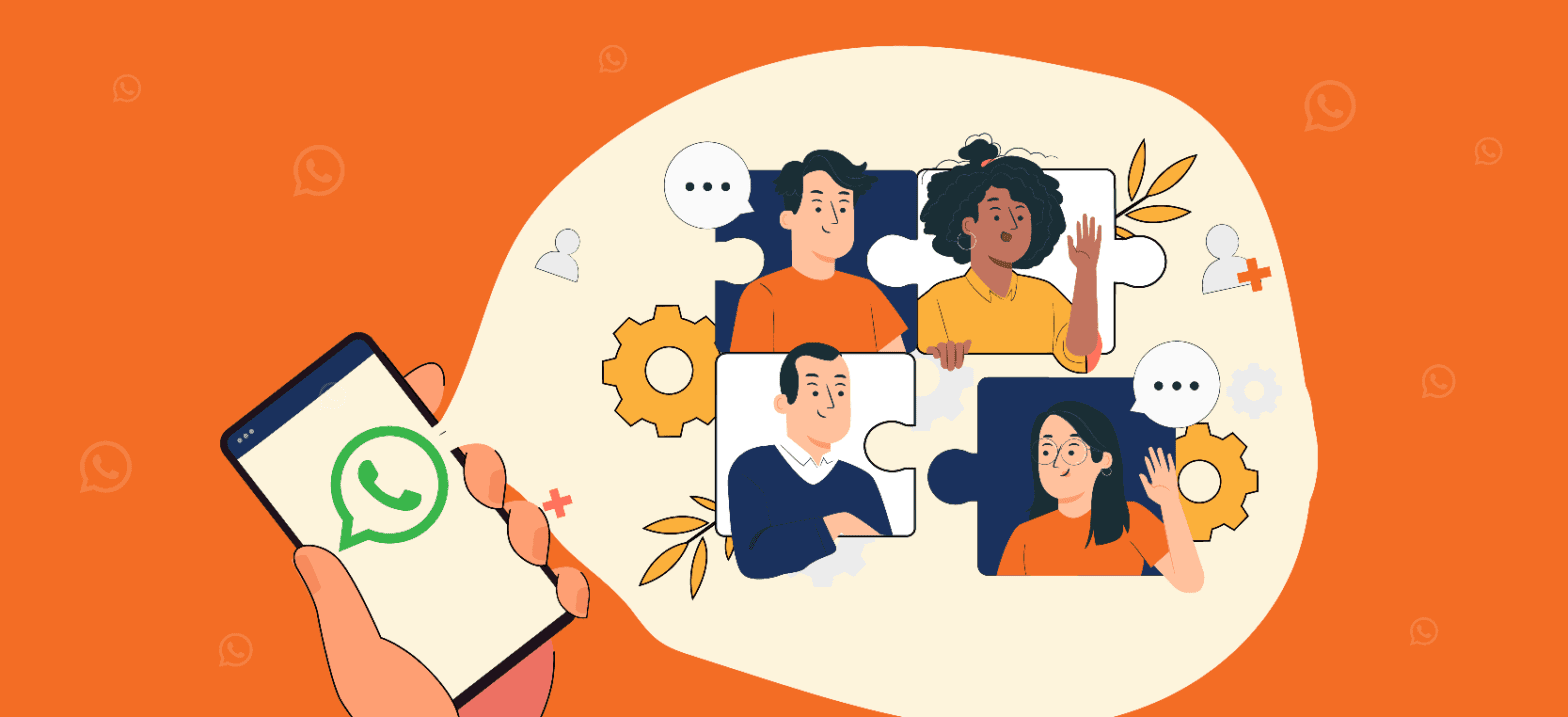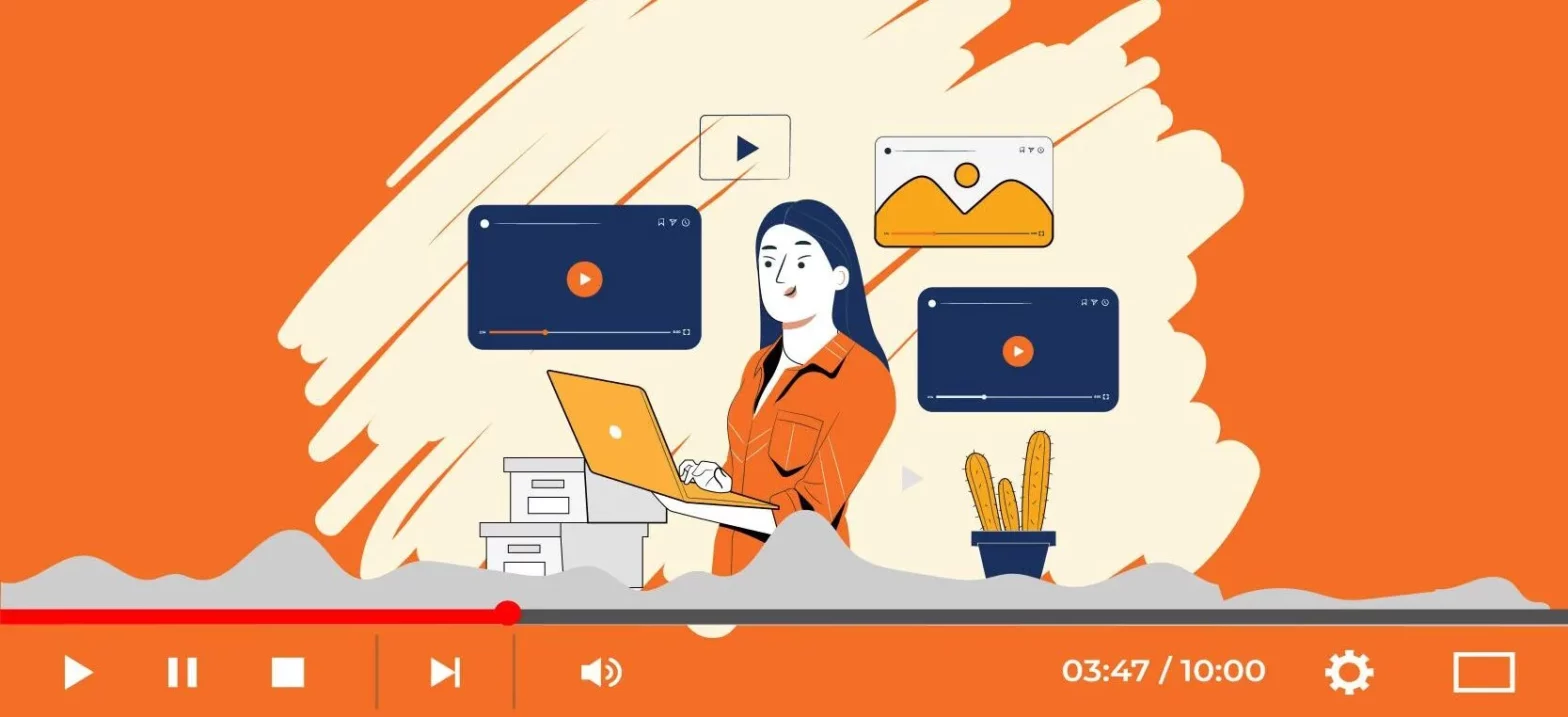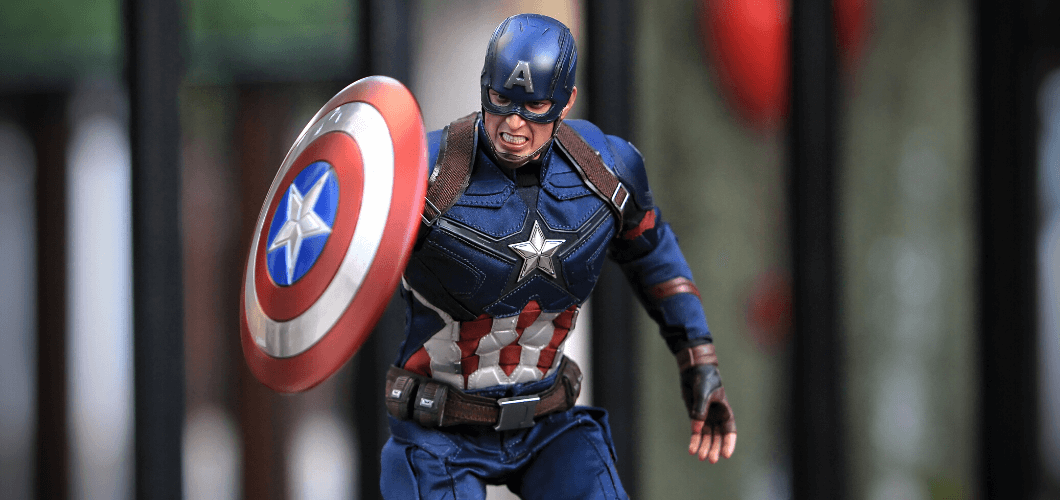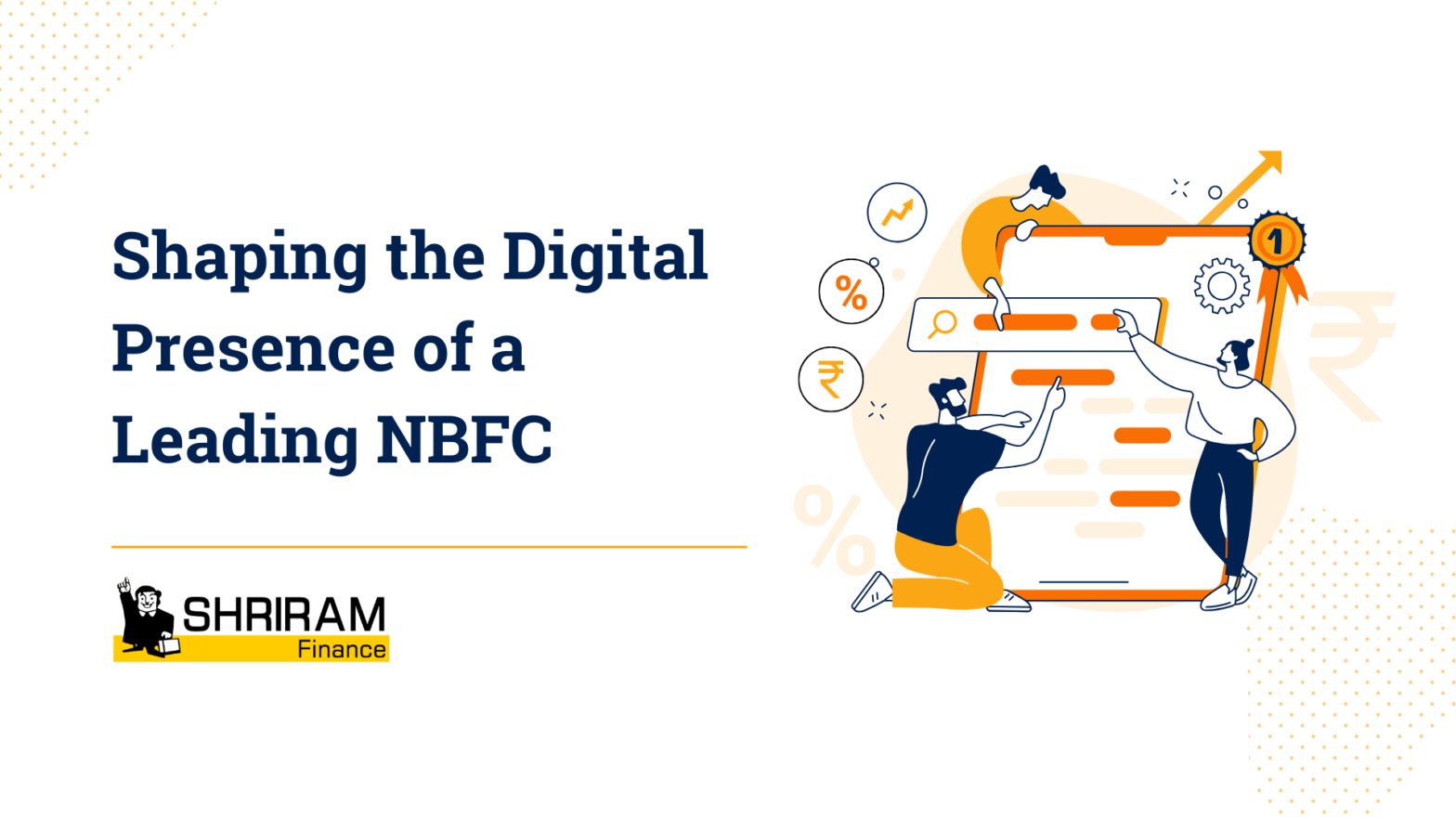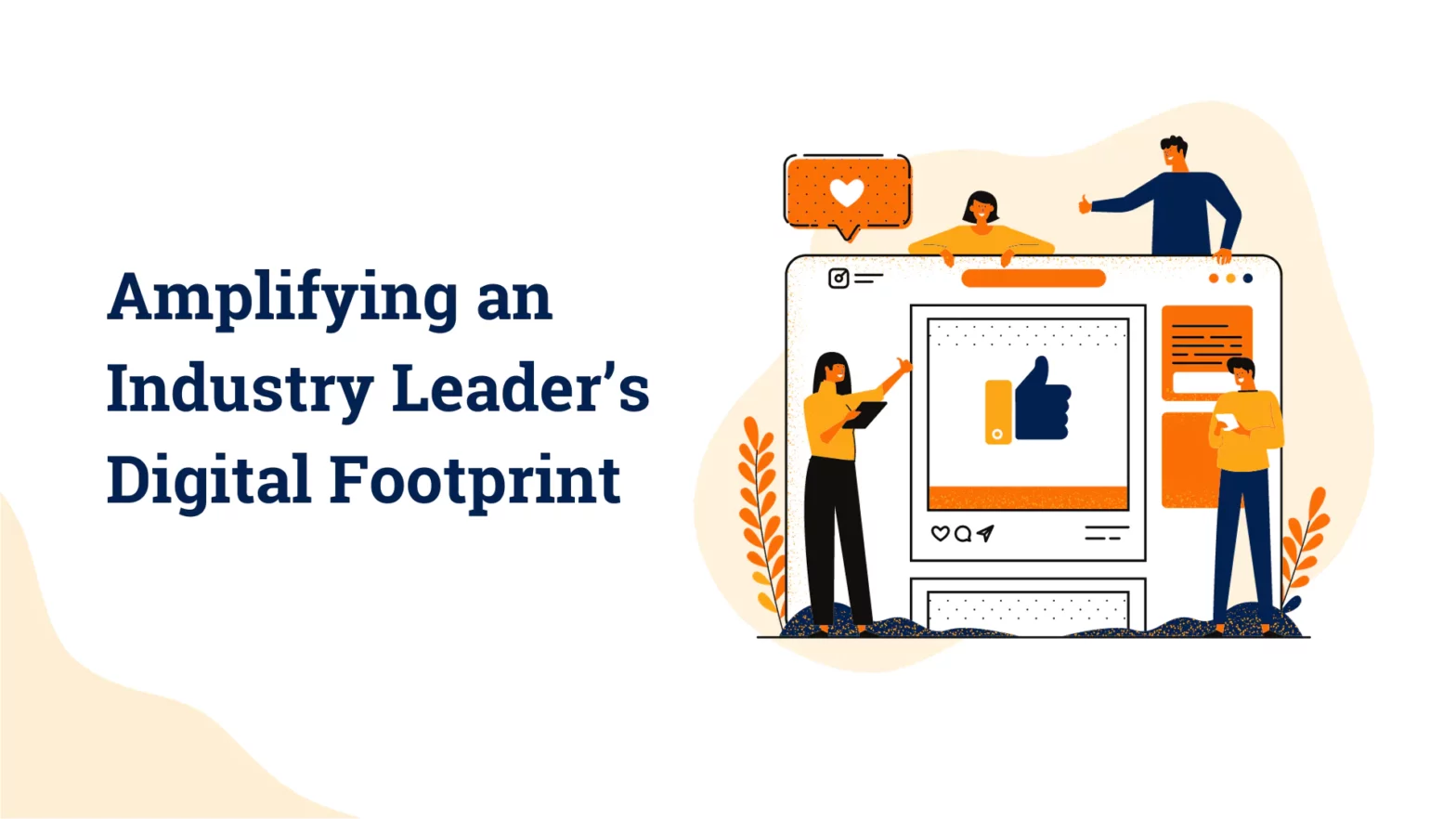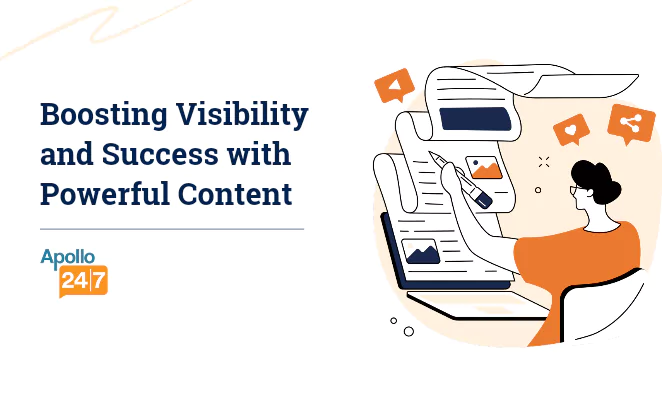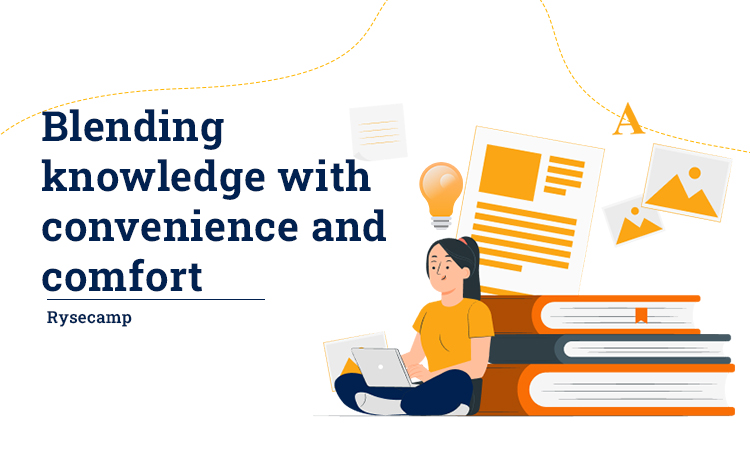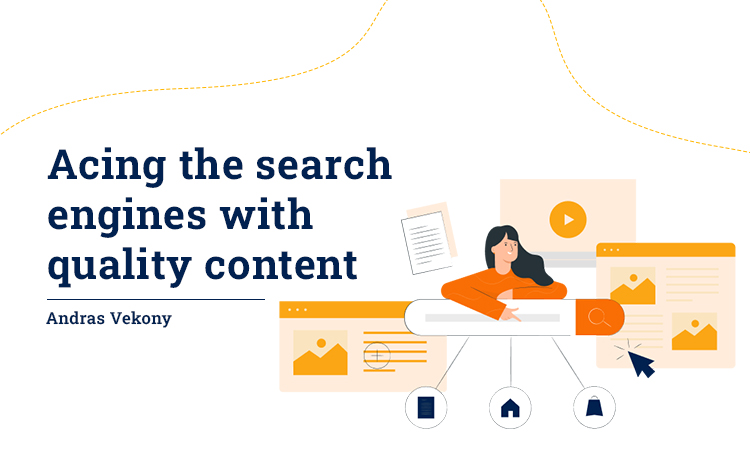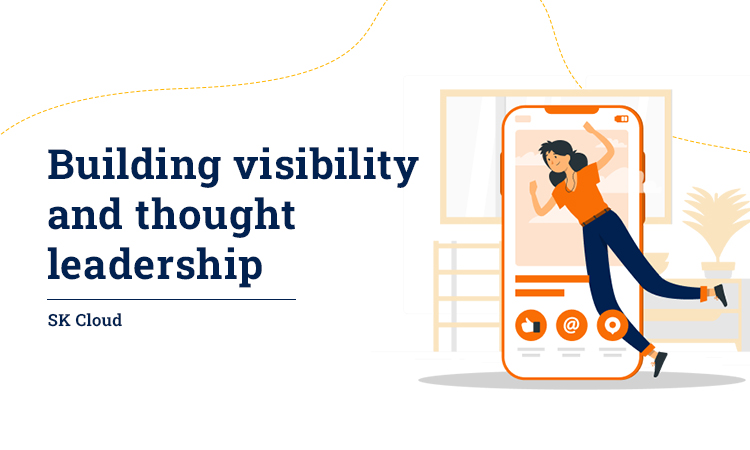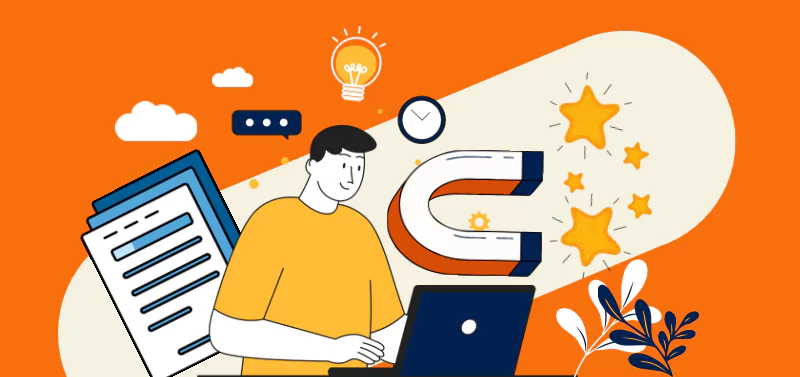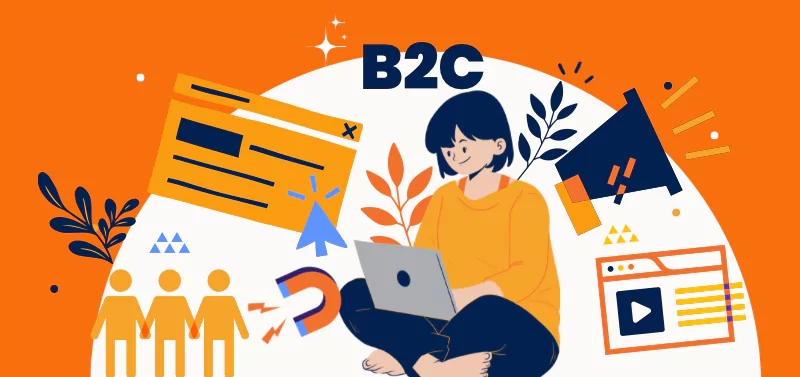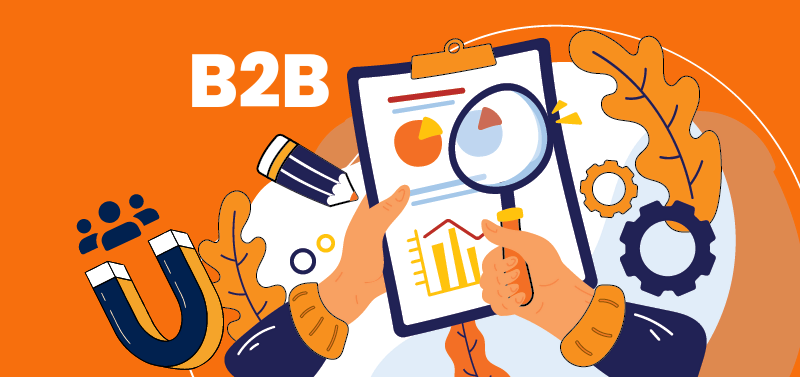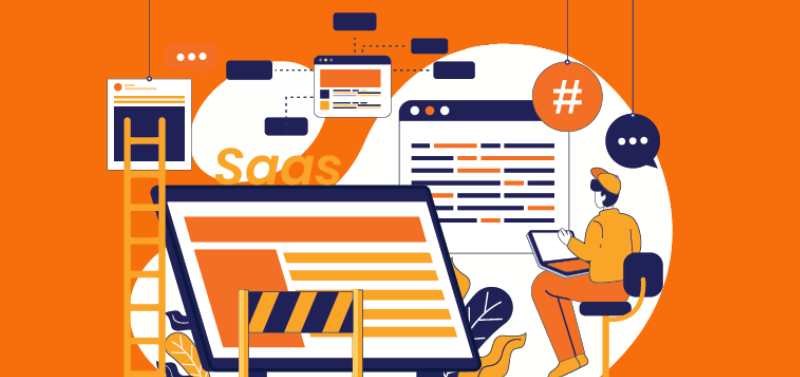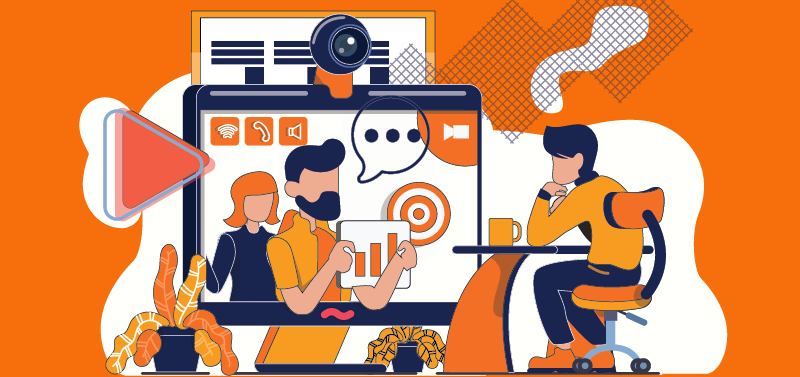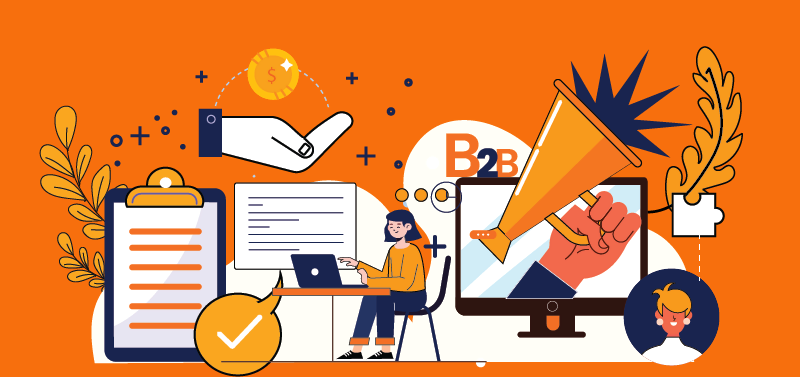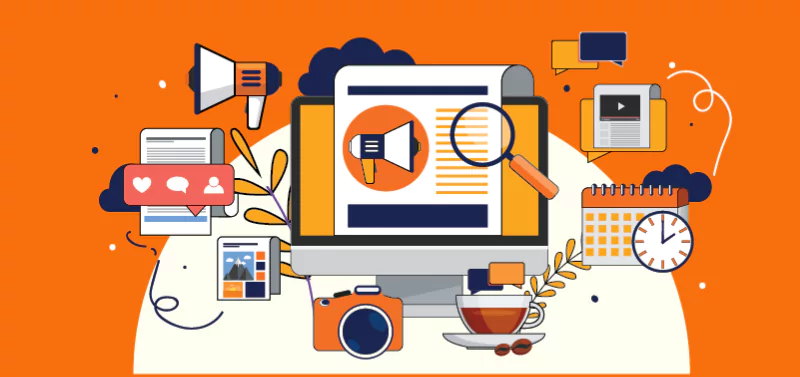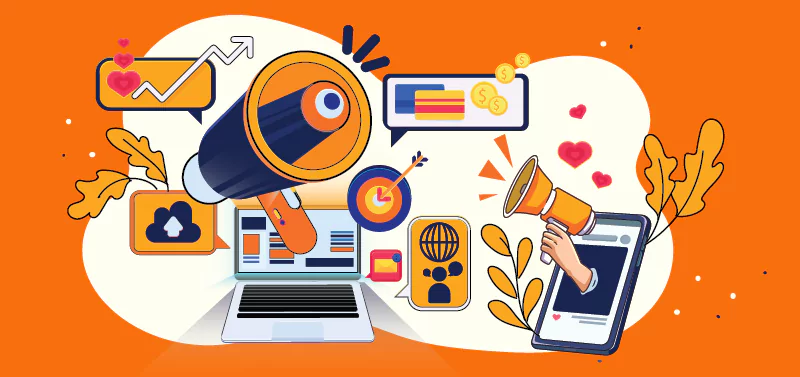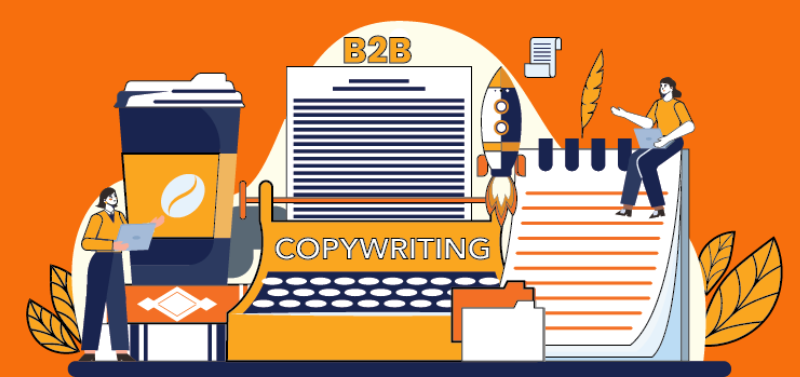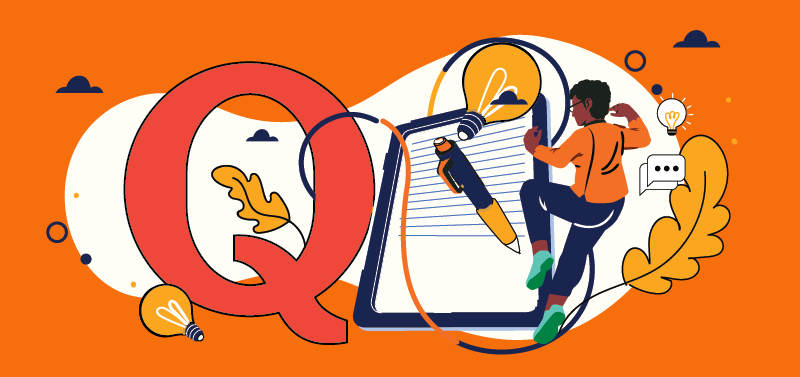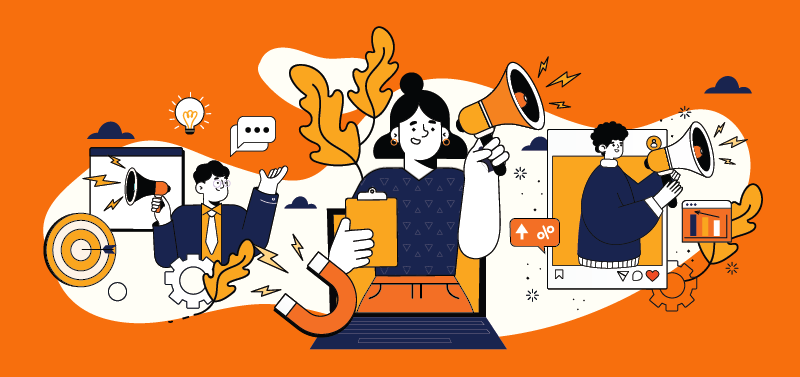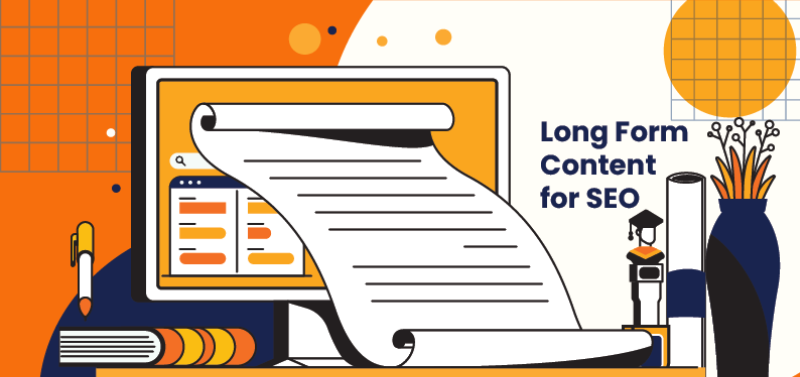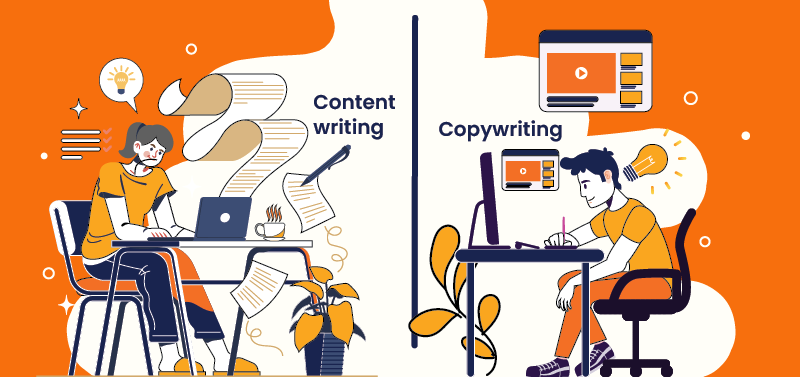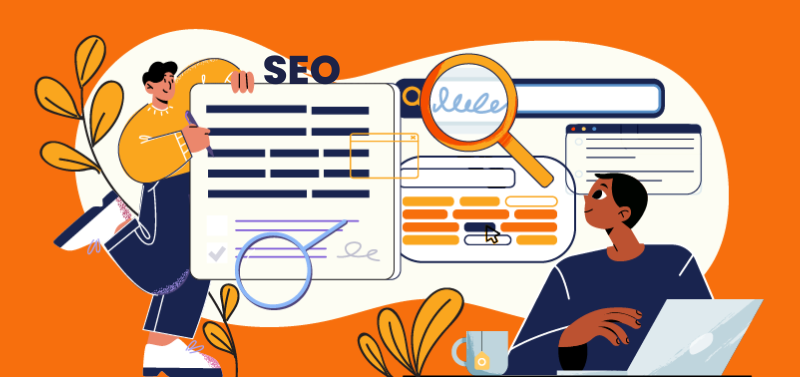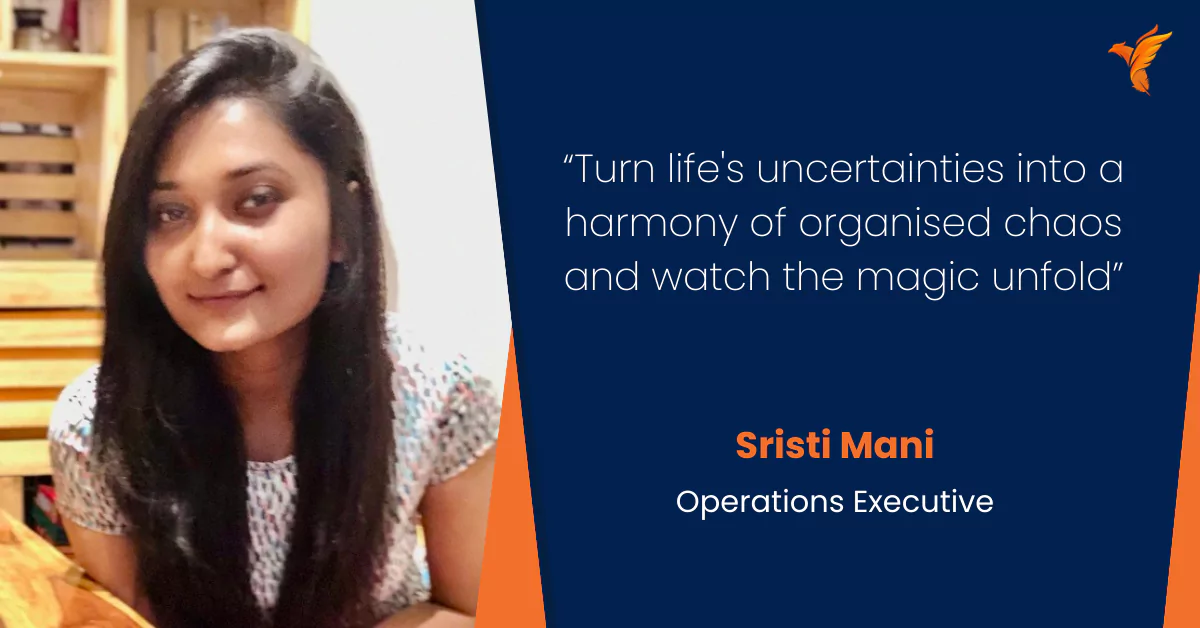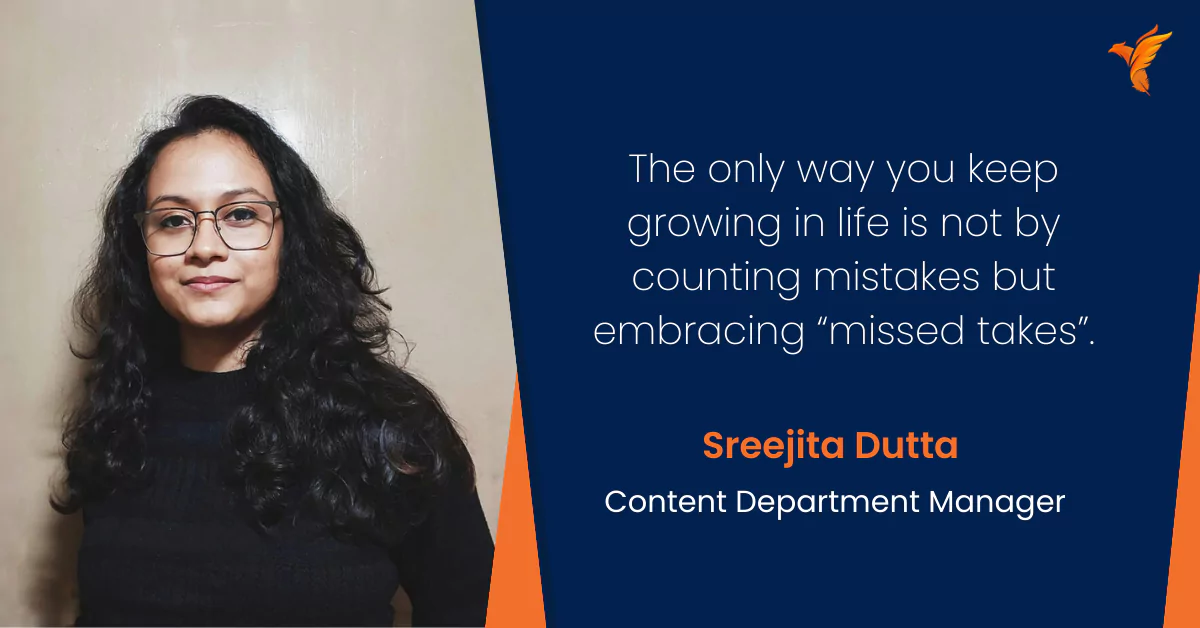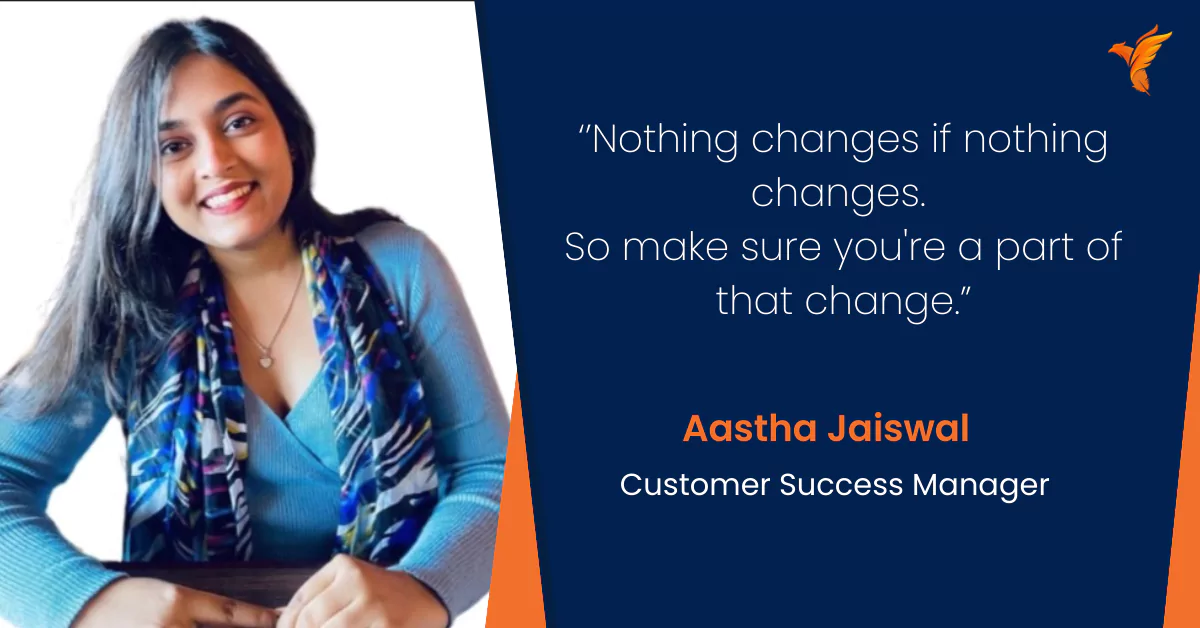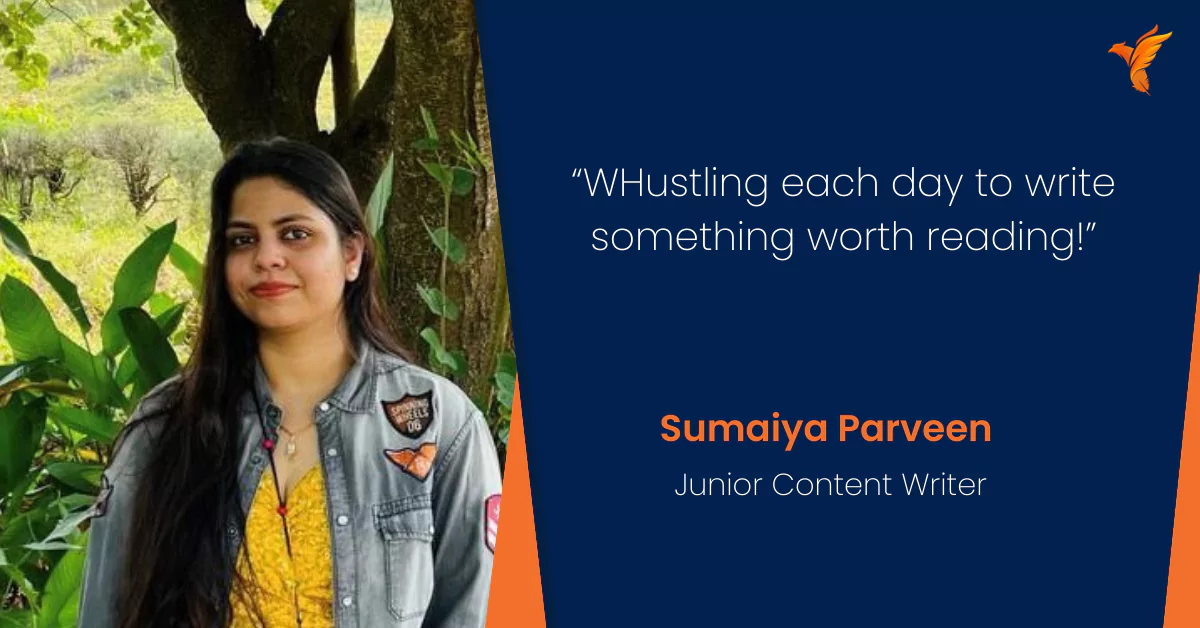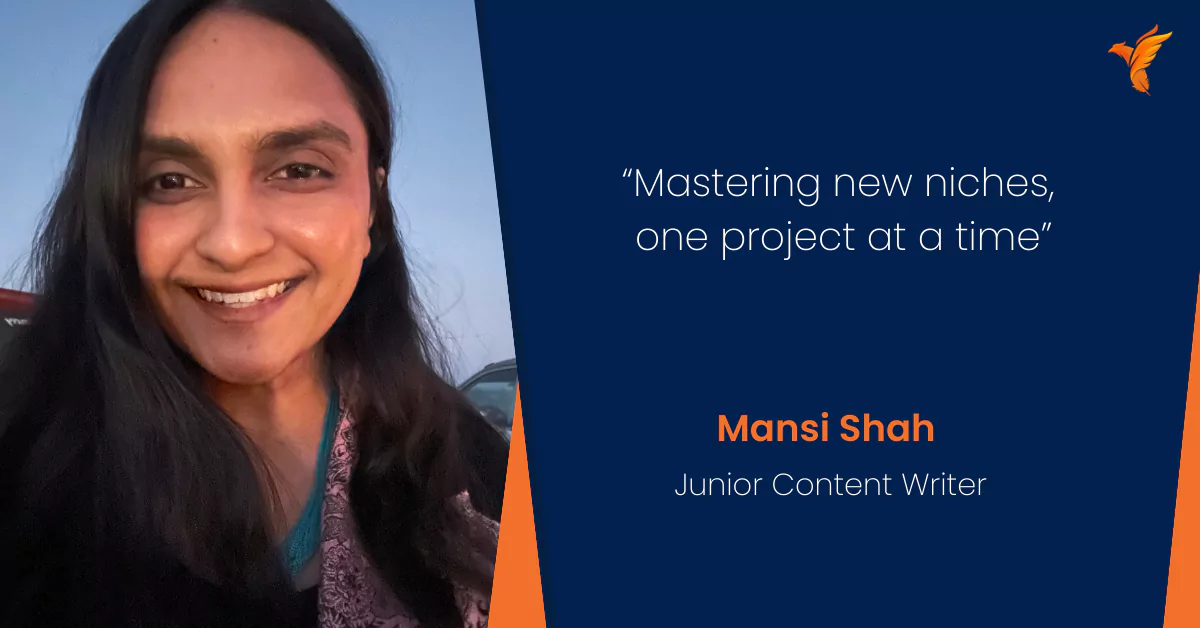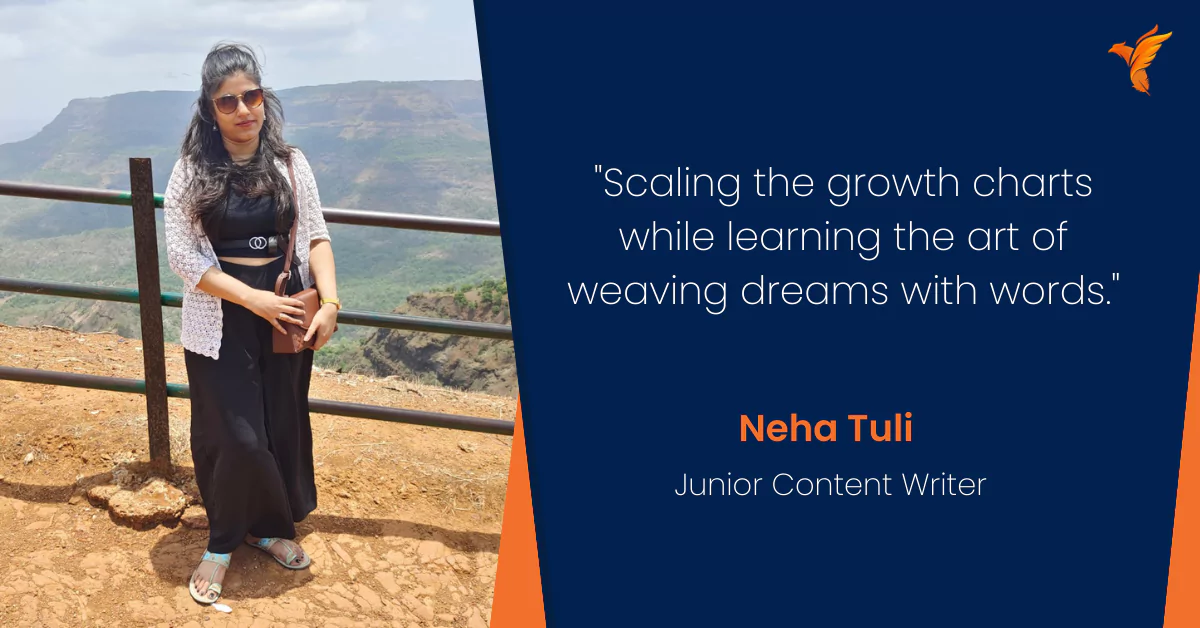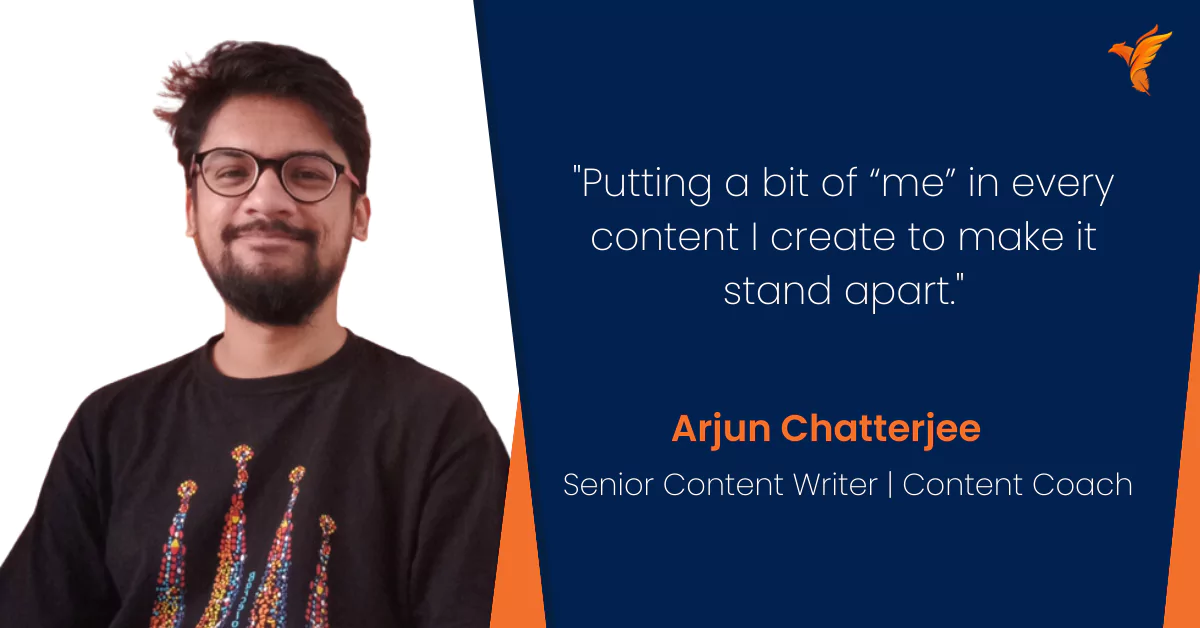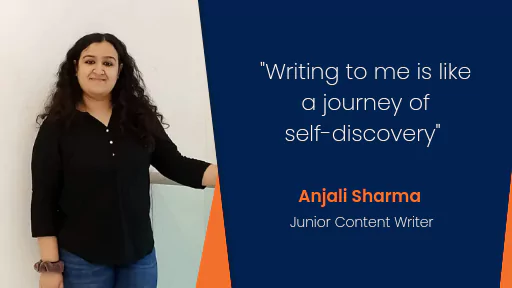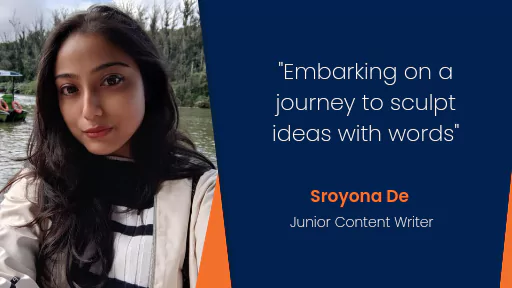How to Use Psychology for Better Copywriting
Author: Astha Verma
Published On: 30-07-21
Last Updated on: 01-11-23
Estimated reading time: 15 minutes
Any copywriter would define copywriting as a form of art. Sure it takes a Picasso to write a killer copy. However, there’s another side that copywriters fail to understand; the psychology of copywriting.
Copywriting is the gameplay of emotions and the process of creating and triggering readers with words. It also uses psychological triggers for creating persuasive and impactful marketing copy.
These days, so many marketing rules depend on understanding the reader’s thinking and emotions. We get it; understanding readers on that scale is like hitting a bull’s eye.
The different psychological triggers leave copywriters with some loopholes to capitalise on. The good news is, once you demystify copywriting psychology, it gets very easy to develop strong copies that are persuasive and impactful.
Emotional hooks, spicy headlines, crisp statements, let’s see which psychological triggers work best for our modern customers!
Our tips are sure to melt even your strong-minded and difficult-to-impress audience with a proper balance between psychology and copywriting!
But First, Copywriting vs Content Writing
Both copywriting and content writing are important elements of a great marketing strategy. But it is key to understand how they differ and the impact they produce on the reader.
Content writing is typically done to inform, explain and entertain. All your landing pages, newsletters, emails, research articles and even this blog, are written by content writers! They are generally longer and written keeping the SEO policies in mind.
On the other side of the table are copywriters, whose goals are to attract, persuade and sell. They create extremely short, crisp yet catchy copies that keep the readers hooked. They use powerful words that spur the audience to take immediate action. You can find these copies in ads, taglines, product descriptions and social media posts. For instance, Amul’s tagline; Utterly Butterly Delicious was cooked up by copywriters!
Thus, in this battle of copywriting vs content writing, content writers can be likened to gardeners who research, grow and maintain the total health of a brand’s content. While copywriters are more like florists, who pick and choose the best features to sell to their audience!
15 Psychology And Copywriting Tactics Every Copywriter Should Know
Every marketer aims to create a copy that can bring out emotion and response from the reader. Are words enough to do that? No! Incorporating psychology, emotions and persuasion will help you enhance sales, clicks, and more.
Did you know including the word “because” (or providing a reason) has been found to increase action from 60% to 94%. Amusing.
When it comes to copywriting, the trick isn’t only to cleverly arrange words on a page.
In reality, copywriters should pick and write a language that pushes the prospects towards purchase. They need to fully understand the end goal and work out a copy that clicks just the right buttons! This is where the psychology of copywriting comes into play.
Below are 15 psychological triggers that can sway customers. Let’s check them out!
1. Poke Their Pain Points
Your customers and readers buy goods for a single reason – to solve a particular problem.
People who buy anti-dandruff shampoos want to solve their dandruff problem. Your written copy should not only speak about your product but also relate to the reader.
Let’s assume you are writing a copy for anti-dandruff shampoos.
Your copy should mention various symptoms that the reader might be experiencing. Customers that can relate to the copy are more likely to respond with an action.
Utilising copywriting psychology ensures that the product seems right for them and also develops an emotion.
In the case of something like dandruff, it’s tied to self-perception and confidence. As a result, your reader is all set for an emotional experience from the start to the end.
As a copywriter, you should take advantage of this psychological trigger. Your copy must be able to identify the pain and symptoms of the audience. Furthermore, you should position your product as a cure.
2. Position Strong Benefits Toward the Beginning
Information has a more effective impact when you present it at the beginning of a sequence. When your first benefit is one of the strongest, you can raise expectations for the remaining content.
Your initial facts will also develop a strong impact on the reader’s long-term memory.
When readers recall the pros of your solution, they’ll be more likely to remember the initial reasons that you gave. So, you want your arguments to be well-packaged and strong. Don’t overlook the sequencing in your message, and you should carefully draft your timing.
You might have also heard of the phrase ‘first impression is the last impression.’ Considering that, you should set a strong tone from the beginning of your piece. Another benefit of adopting this copywriting psychology is that it’ll keep the readers hooked.
3. Surprise Them!
People are more likely to believe and respond to something when you present them with something unexpected. Be it any form of writing, taking your audience by surprise typically turns out to be a good idea.
A catchy copy will do a better job of sparking interest in the reader. People must be willing to pay attention to the content and try to absorb it. To elicit surprise in readers, you have to hit the right button.
Here are six obvious topics that copywriters can leverage:
Remarkable
Traditional marketing can’t always make the cut. You have to be remarkable to stand out among thousands of other copies. Modern-day brands are making complete utilisation of this tactic to affect the user’s brain. Below is a great example of remarkable copies:
Secrets
By secrets, we don’t mean earth-shattering or any secret that will leave your writers confused. It’s human nature to involve in sharing and listening to secrets.
Our cognitive behaviour automatically finds unknown and hidden subjects to be interesting. Try using statements and language that imply that you have a secret that you’re willing to share with your customers.
Hilarious
Who doesn’t love a good laugh? Being funny in your message is a no-brainer. Humour and fun in your marketing copy tend to boost brand recognition. However, bear in mind that humour does not affect product recall, buying intentions, or message credibility.
Expect a hilarious statement to develop awareness for your brand. However, don’t expect it to push the person to buy.
If you are looking for a source of inspiration, check out the one below:
Outrageous
If you want to shine in a crowd of hundreds of brands trying to sell their products, you have to be unique. In this case, we are asking you to be outrageous. Outrageous is right next to unusual. If you give your customers believable proof, you’re doing it right.
Unusual
We are all fans of anything unusual.
Anything that sets apart from the norm or is unconventional seems to attract more people. By using this psychology of copywriting, you can catch the short-spanned attention of your audience. And; it is exactly why your copy needs to be unusual and out of the box.
Taboo
Allow us to emphasise that it doesn’t mean your copy has to be taboo in a shocking sense. You can make this work seldom with word choice and clever writing.
The headline “Watch Me Take a Bath” by Rami Sethi is an ingenious example of this topic.
4. Backup Claims With Social Proof
Social proof can never go wrong! Besides, honest messages sell more easily and faster. Do you generally buy something after someone else does it? Well, you are not alone.
Most of your customers rely on social proof before buying any product. Backing up your claims with social claims is an evolutionary move that can save you time.
Copywriters should use this psychological tactic to make customers feel more confident. Once the customers know that the product comes from a reliable brand, they can trust the brand.
Also, do you know that 72% of customers won’t take any buying actions until they’ve read reviews? You can include testimonials and reviews of your products on the sales page to urge buying behaviour.
5. Create a Sense of Curiosity and Urgency
Imagine you want to buy a product.
But there’s a problem. There is a countdown clock running, which shows the amount of time you have until the product goes out of stock! What do you do? You’d rush at a lightning-fast speed to ensure you buy it on time. That’s what urgency means.
Urgency is another powerful copywriting psychology tactic that urges customers to take action. If we put it in the language of the Gen-Z audience, try to imbibe FOMO (fear of missing out) through your copy!
To develop a sense of urgency, you should use the best tools in your arsenal. Look how H&M does it with their sales promotions:
The banner has a ticking clock and will last for nearly another 56 minutes. Such copies will make the readers feel an urgency to act.
6. The Feast and Famine
What is the opposite of excess?
It is scarcity. In business, scarcity is the low or lack of supply of goods. Like urgency, a sense of scarcity can make convert prospects into potential buyers.
This psychological tactic works great for physical products when there is a low inventory. For example, limited edition items are often the buzz makers because they are available in limited quantities.
Most copywriters use statements like “While stock lasts.” You can use the following psychological triggers in your writing to push the readers to take any action.
- Nearly sold out
- X pieces left in stock
- Low stock
- Clearance
- While stock lasts
- Low Inventory
7. Create a Persuasive Copy With Strategic Storytelling
There’s no denying that the copywriting industry has a really good grasp of storytelling. Indulging in storytelling in your copies will help you deliver emotion, mystery, connection, triumph, and other positive triggers.
Stories help readers put themselves in their shoes. Your readers will be able to generate behavioural responses with a compelling copy.
You might be unaware that the stories engage the right side of the brain and release oxycontin. All this makes the readers feel connected to the storyteller.
Copywriters use stories to gain the reader’s attention and keep them hooked. In summation, stories act like your warm-up act! Use this psychological technique to improve your copies.
8. Persuade Readers With an Active Voice
One of the easiest ways to win your audiences is by replacing passive voice with active voice. Studies testing the psychology of copywriting claim that passive sentences can weaken persuasion.
On the other hand, sentences in active voice increase processing fluency.
An article in active voice can help the readers process your copy. You can activate the mental triggers by using this tactic. The best part is it can lead to moving conversions and actions!
We recommend using Hemingway App to spot all passive voice use in your articles. It’s amusing how such minor tweaks can make a significant improvement in your writing.
9. Use the Scare Tactics
Sometimes, negative emotions can end up making a positive impact. Many studies claim that the average click-through rate on negative headlines was much higher than their positive counterparts.
Why?
It is because people identify negative words more quickly than positive ones.
Psychologists call this a ‘negative bias’ theory. This theory states that negative outcomes are more frequent on our radar. Also, they have a larger impact on our mental health.
But beware, this copywriting psychology technique is easy to overuse! Your message should not scare away the readers from buying your product. Identify the pain points and explore a subtle scare in your marketing copies.
Here are some of the best examples of scare tactics:
- Ten mistakes you are making with your social media marketing
- Eating before bed? Dieticians say it’s harmful!
10. The Serial Position Effect
A bulleted list of features or information allows you to communicate in a better manner. It can help with catching your reader’s fleeting attention span and deliver the right message.
However, not all bullet points deliver value. In a list of three or more bulleted points, the readers will pay attention to the first few and last few pointers. This behaviour is the serial position effect.
This states that your subconscious emphasises the first and last bits of information. Thus, copywriters can leverage this psychological quirk to their advantage by highlighting the most crucial part of their blog in the first and last sections.
11. Trap the Readers With Mystery and Curiosity
Are you aware of one of the greatest motivating points for consumers?
No, it’s not envy or fear; it is mystery!
Mystery and curiosity are all-time favourites with readers. Your audience might be curious to know more when you don’t fully spill the beans. It is one of the psychological copywriting triggers that can bring the consumer to the edge of their seats.
As a marketer, you should be taking advantage of this. You can use this trick in headlines, introductions, or parts of your copy to keep the person hooked. It is the key to creating compelling content.
12. Prevent Losing the Audience by Overcoming Objections
People surely love buying stuff. But they also hate being sold.
It is natural for customers to display scepticism about your product and services. If you expect them to flash their credit cards immediately without any friction, you’re mistaken.
If you have any experience in the field of sales, you’ll understand this copywriting psychology. Consumers might object to the following things:
- Shipping
- Credibility
- Proof
- Customer Service
- Returns
- Quality
- Refunds
- Shipping
Your job as a copywriter is to get into the brains of your customer and address them before they arise.
There are different ways of doing this.
You can conduct primary research through questionnaires, focus groups, and surveys. You can also take the help of secondary research. After research, it’s time for brainstorming. This process will help you to understand your target audience better and address their concerns.
13. The Best Consumer Trigger: Names
Funny things take place in our brains when someone takes our name. It is because humans intrinsically tie their names to self-perception. Upon hearing your name, your brain feels more activated and engaged.
You are more likely to trust a message that comes with your name.
Our copywriting psychology hack states that using first names in emails and subject lines increases responsiveness. It might sound like an odd trick that came from a marketing book, but it works!
Do you remember the time brands like Nutella and Coca-Cola rolled out their products with names? Even OTT platforms like Netflix use this trick to improve their strategy.
14. Let the Numbers Do the Talking
Nothing works as great as numbers.
Take the example of waiting lines.
When you tell people a definitive amount of time they’ll have to wait, they are more patient and cooperative. However, without the number, it makes people go frantic. Giving the numbers helps people understand what they should expect.
A copy with a number might be able to establish a better rapport with the readers. Use this psychology of copywriting to keep your audience hooked!
Do you know why list posts are doing so great with the readers? You guessed it right! Listicles or list posts directly correlate with the reader’s love for numbers. Wherever possible, turn your blog posts into lists.
15. Did Someone Say Catchy Headline?
8 out of 10 people will only read the headline. This stat implies the importance of the headline and how to hook your readers with an interesting statement.
When you zing them with a great headline, the audience will drop everything to consume your brand. In short, the headline should suspend logic and trigger the reader to click further.
Consider the headline example from Bing. Well, Bing let the numbers talk, and they did wonders to escalate conversion figures.
The headline should make use of power words. The power words in the headline affect the little parts of our brain – the Broca’s area. These power words are what keeps the readers glued to your blog or ad. Our suggestion? Use verbs very wisely. Alternatively, hit your audience with an interesting stat.
A Final Note
Copywriting is half art, half psychology.
Consumer psychology is about understanding what it takes to make a purchasing decision. Mastering the art and science of marketing is more about great writing.
Copywriters should focus on adopting the right written tactics to target the emotion of the reader.
These copywriting psychology triggers apply to all consumers, regardless of the industry. However, as a copywriter, you should test what works best for your customers.
Try out different motivating triggers in your message, content, ad copy, and PPC ad.
So, what are you waiting for? Hurry up and start testing what works best for your audience. Better yet, get in touch with WrittenlyHub and make your blog a sales-converting source!
Frequently Asked Questions
1. What is copywriting in marketing?
Copywriting in marketing refers to the art of creating written content that persuades and guides consumers towards a specific action—such as buying a product or signing up for a service. It’s the textual component that works in synergy with visual elements to drive conversions.
2. How does copywriting help businesses succeed?
Effective copywriting enhances customer engagement, builds brand identity, and drives conversions. By focusing on consumer pain points and offering solutions, well-crafted copy directly contributes to sales, customer retention, and long-term profitability.
3. How does copywriting work?
Copywriting employs various strategies like storytelling, scarcity, and social proof to persuade consumers. It follows a structure—often AIDA (Attention, Interest, Desire, Action)—to catch attention, spark interest, elicit desire, and prompt action, thereby guiding a consumer down the sales funnel.
4. Why is psychology important in copywriting?
Psychology in copywriting taps into fundamental human behaviors and emotional triggers to persuade. Understanding cognitive biases, emotional drivers, and decision-making processes enables copywriters to craft messages that resonate deeply with the target audience, thereby boosting effectiveness.
5. What are the psychological triggers in copywriting?
Psychological triggers in copywriting include scarcity (“Limited time offer”), authority (“Experts recommend”), social proof (“Bestseller”), reciprocity (offering free samples), and consistency (leading customers through a series of small, connected actions).

